In modern home life, the bathroom is no longer just a place to clean the body but also an important space for us to relax and relieve stress. As one of the core accessories in the bathroom, the comfort, functionality, and aesthetics of the bathtub directly impact our daily life experience. A suitable bathroom tub can improve the overall living quality and create an exclusive bathing time.
What are the different types of bathtubs available on the market? Which groups and bathroom styles are they suitable for? This article provides a detailed analysis of the characteristics, advantages, and applicable scenarios of various mainstream bathtub types, helping you make a more informed decision when choosing.
1. Freestanding Tub: Free placement, ever-changing shapes
Freestanding bathtubs typically have a very high appearance and are often the first choice for many high-end bathroom decoration solutions. It does not need to rely on walls or countertops for support, can be placed alone in any position in the bathroom, and has a more artistic shape.
Common materials include acrylic, cast iron, artificial stone, marble, and others.
Design style: modern simplicity, retro European style, minimalist style, light luxury style
Advantages:
- Flexible placement, easy for personalized design;
- Strong decorative effect, improves the overall space texture;
- Easy to clean around and maintain.
Disadvantages:
- High requirements for bathroom area;
- Pipe reservation needs to be designed in advance.
Suitable for people:
Users who prioritize quality of life, design sense, and have sufficient bathroom space.
2. Embedded bathtub (Alcove/Drop-in Tub): Save space and practicality first
Embedded bathtub is the most common type of bathroom tub in the home. It is usually installed against a wall, surrounded by walls or platforms on three or four sides, and features a stable structure, making it easy to use.
Common forms:
- "Alcove" type with three sides against the wall;
- "Drop-in" type embedded in the countertop.
Advantages:
- Space saving, especially suitable for small and medium-sized households;
- Easy to match with shower, full of functions;
- Solid structure, affordable.
Disadvantages:
- Relatively cumbersome installation;
- Weak decorative effect.
Suitable for:
Ordinary families, rental houses, and users with high space utilization efficiency.
3. Jetted/Whirlpool Tub: Enjoy the spa and relax your body and mind
If you want to experience a spa-like bathing experience at home, a jacuzzi with a jet water system is undoubtedly the best choice. This type of bathroom tub is typically equipped with multiple nozzles, providing a full-body massage and relieving physical fatigue.
Advantages:
- Powerful spa function and promotes blood circulation;
- Equipped with a temperature control system for more comfortable enjoyment;
- Some models have LED lighting and aromatherapy functions.
Disadvantages:
- High installation and maintenance costs;
- The noise may be slightly loud;
- The nozzles need to be cleaned regularly to prevent clogging.
Suitable for:
Sports enthusiasts, middle-aged and elderly individuals, and those who prioritize a high-quality lifestyle.
4. Japanese Soaking Tub: Quiet Zen, Focus on Bathing Experience
Japanese bathtubs are generally designed to be deeper but shorter, emphasizing the relaxing effect of "full body immersion". Compared to Western bathtubs, they are more water-saving yet equally comfortable, making them very suitable for individuals who value a quiet bathing experience.
Advantages:
- Small footprint, suitable for small bathrooms;
- Energy-saving and water-saving, good water temperature maintenance effect;
- The sitting design is safer and more comfortable.
Disadvantages:
- Requires additional steps or footrests;
- It is not suitable for bathing at the same time.
Suitable for:
Young people who pay attention to the bathing experience, tenants of small apartments, and those who like Japanese style.
5. Walk-in Tub: Barrier-free design, safety first
Walk-in tubs are designed for the elderly, pregnant women or people with limited mobility. They are equipped with non-slip seats and sealed door structures, making entry and exit more convenient. Some models are also equipped with massage and constant temperature functions, making them a highly functional choice for bathroom tubs.
Advantages:
- There is no need to lift your legs high to enter; it is safer to use;
- Non-slip bottom, stable handrails;
- Built-in seat, making it more labour-saving to use.
Disadvantages:
- The appearance is traditional, and the decorative sense is slightly weak;
- The water level takes a little longer to empty.
Suitable for:
Older adults, people in recovery, and families with special needs.
6. Corner Tub: Smart use of space shared by two people
The corner bathtub is designed in a triangular or fan-shaped shape, mainly installed at the angle between two walls, which can efficiently use the space while retaining a large bathing area. It is an ideal choice for romance and practicality.
Advantages:
- Sufficient space for two people to bathe;
- The high decorative effect is suitable for creating a warm atmosphere;
- Novel shape, breaking the conventional layout.
Disadvantages:
- High requirements for drainage and pipe layout;
- Some models occupy a slightly larger area.
Suitable for:
Couples, newlyweds, and users with creative space needs.
7. Portable Tub: Flexible, practical, and budget-friendly
In recent years, portable or folding bathtubs have gained popularity among young people, particularly in rental houses or small apartments without built-in bathtubs. They are usually made of soft plastic or PVC materials, making them easy to store and cost-effective.
Advantages:
- l Foldable, saves storage space;
- l Low cost, quick installation;
- l It can be relocated at any time.
Disadvantages:
- General thermal insulation performance;
- Short service life.
Suitable for:
Students, young office workers, and short-term apartment residents.
8. Differences in materials are also critical
In addition to different types, bathroom tubs of other materials also directly affect the user experience:
- Acrylic: light, sound thermal insulation, affordable;
- Cast iron: durable, strong thermal insulation, but heavy;
- Stainless steel: strong modern sense, easy to clean;
- Natural stone/quartz artificial stone: a luxurious atmosphere and a warm touch, but at a higher price.
When choosing, the material and type need to be considered together to comprehensively match the home's decoration style, budget and usage needs.

Summary: Choose the right bathtub and enjoy a better life
The various types of bathroom tubs on the market cater to different styles and functions. Whether you want to create a minimalist modern bathroom, pursue a warm and comfortable traditional space, or enjoy a bathtub with spa and massage functions, you can find the most suitable one as long as you make a choice based on your space conditions, budget and personal preferences.
Don't forget that the bathtub is not just a bathing tool but also a crucial part of quality of life. Let's create a private space for ourselves to relax and enjoy our own bathing time.

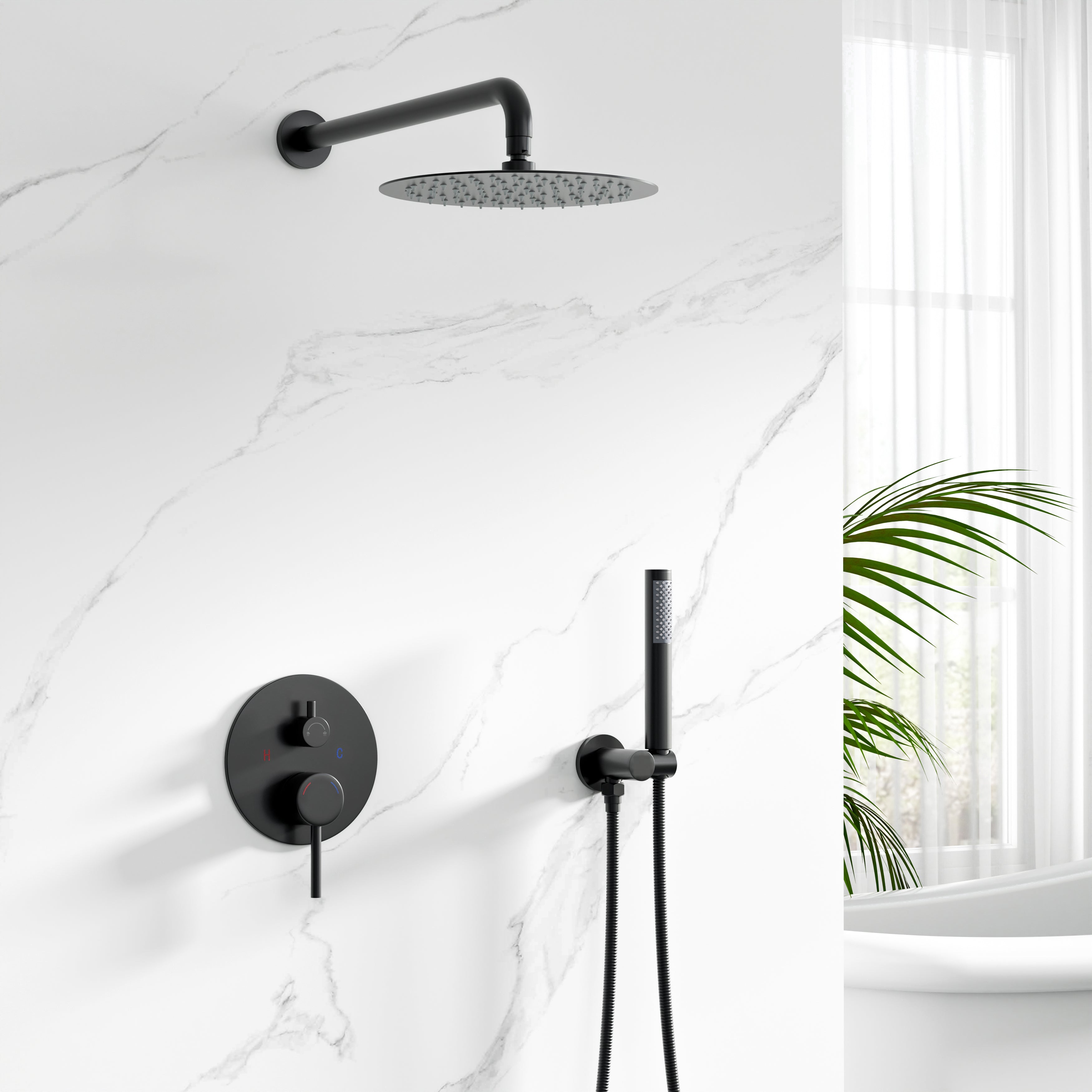
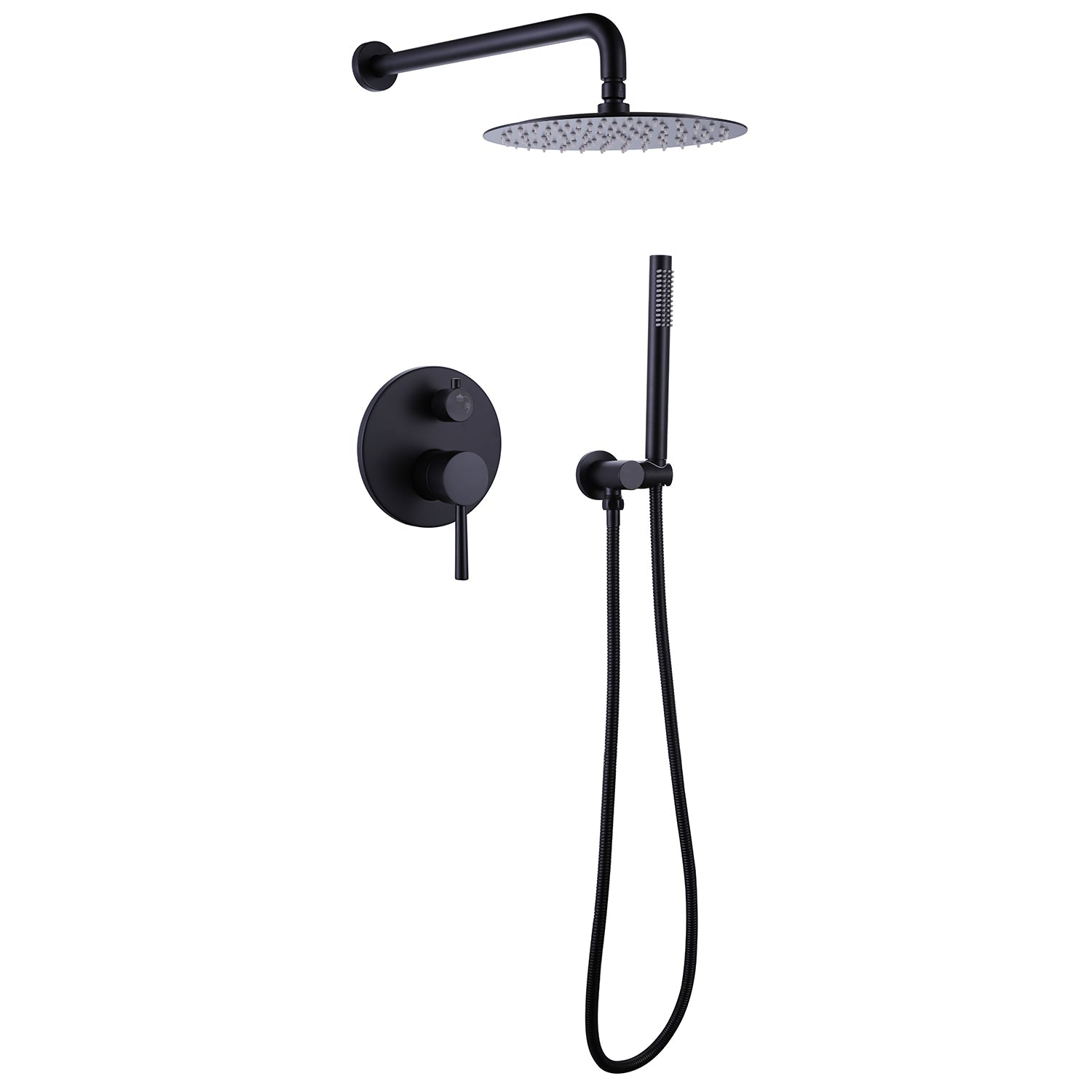


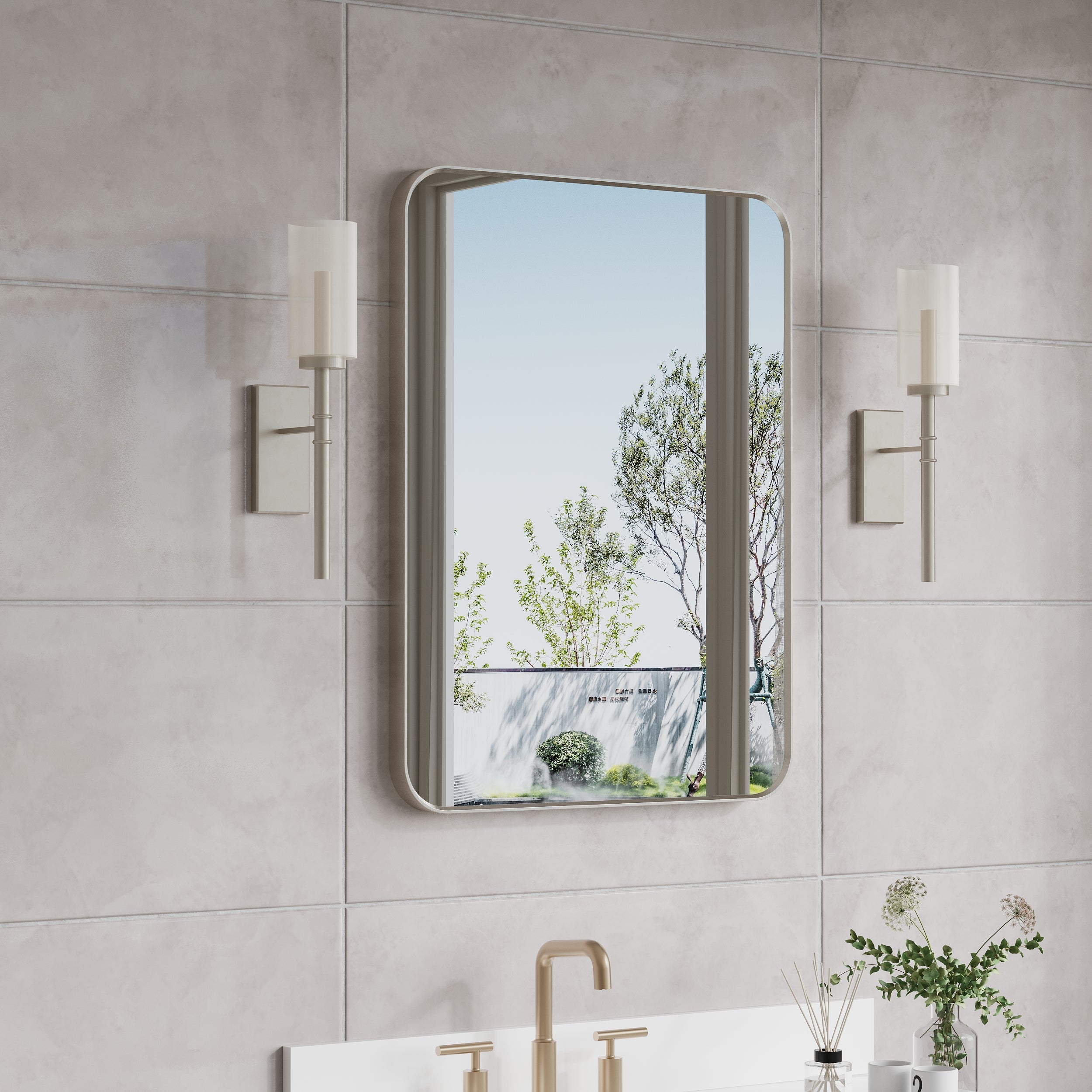
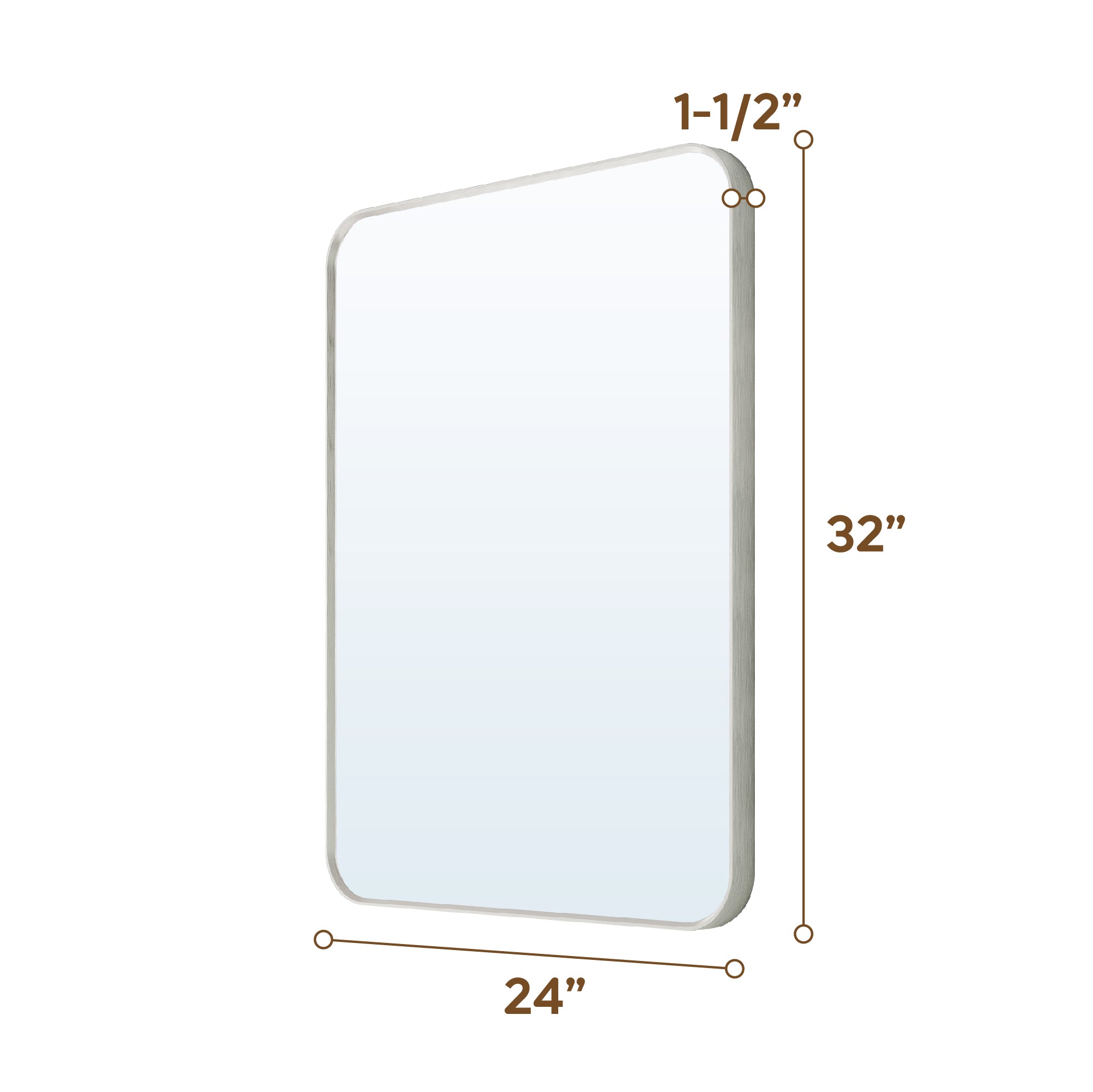
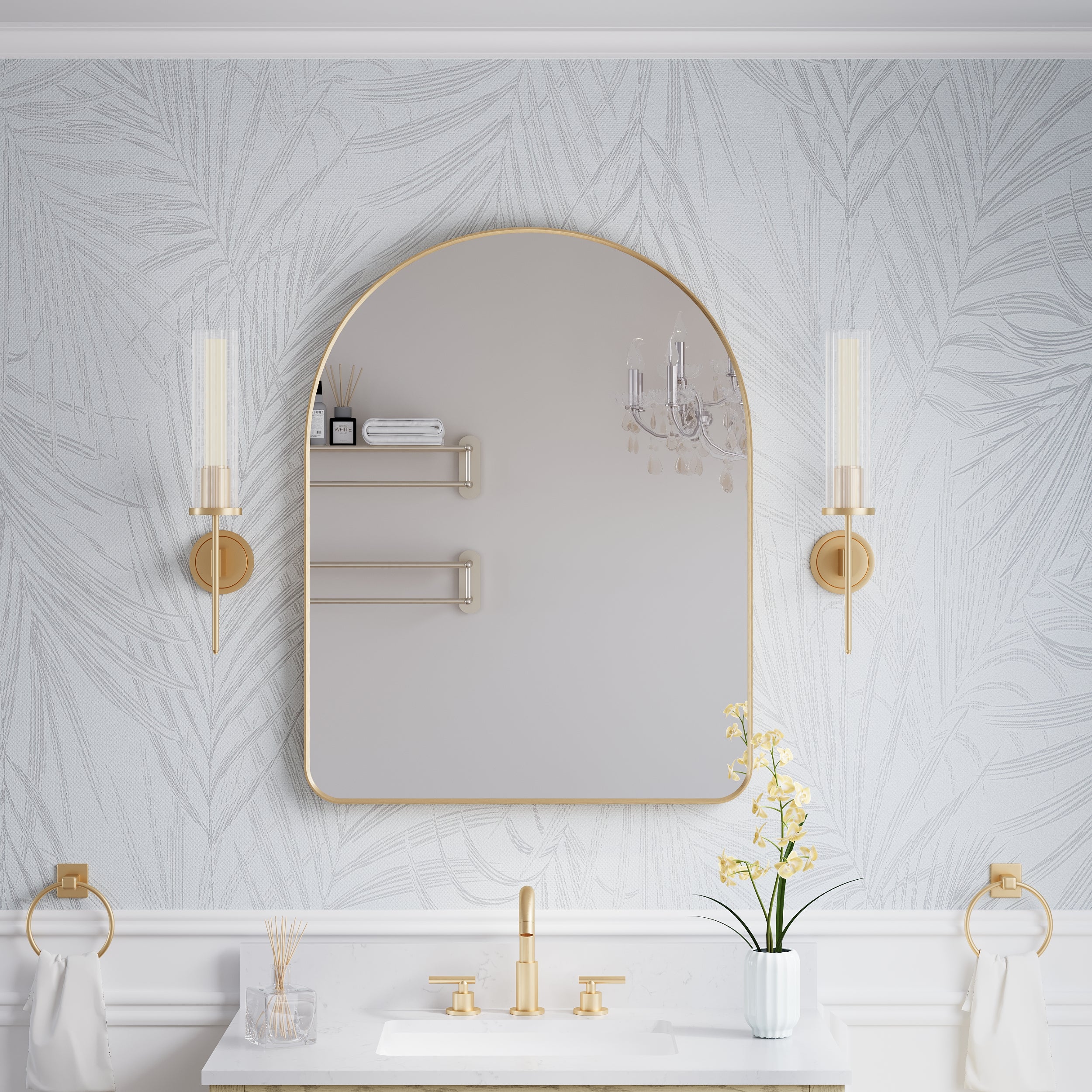
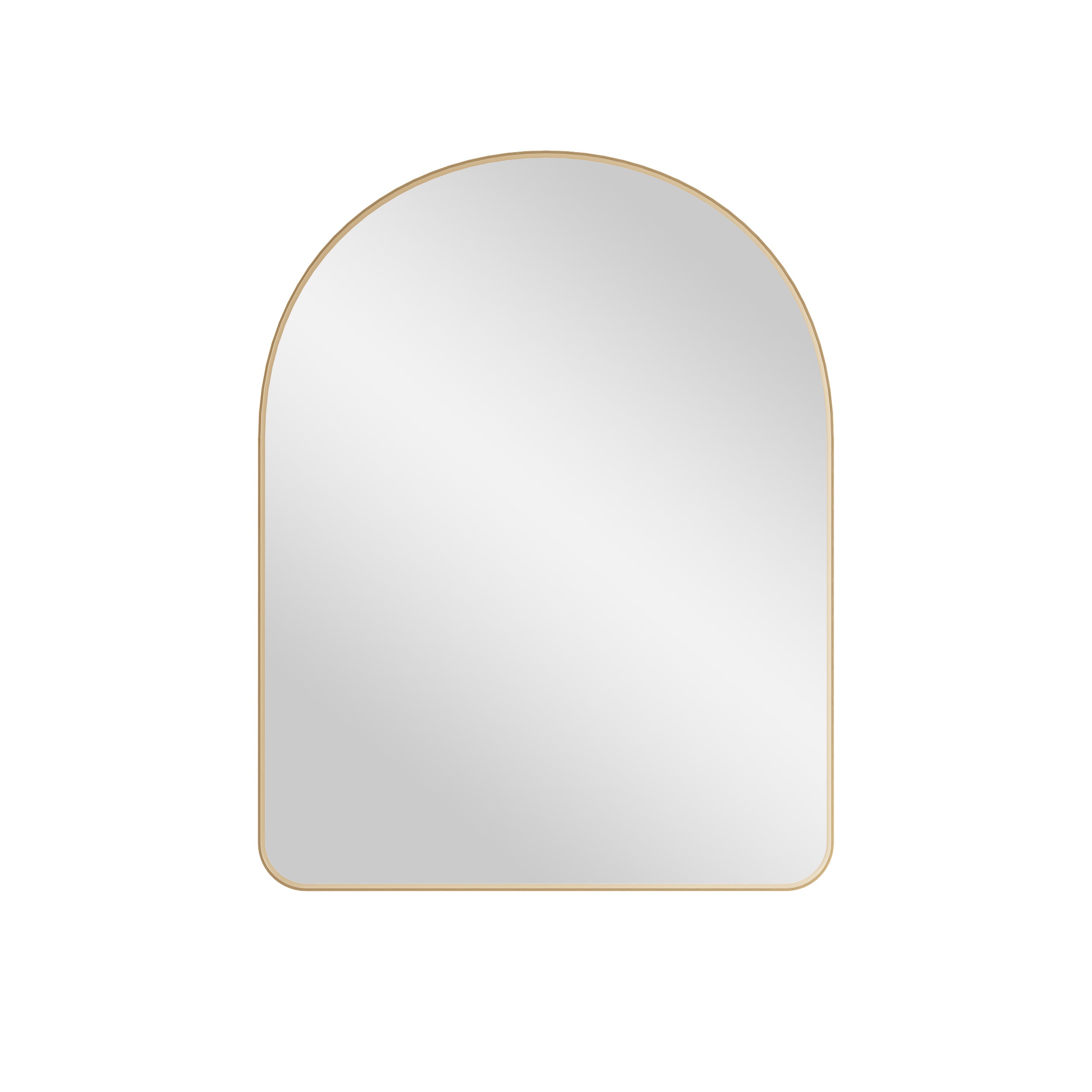

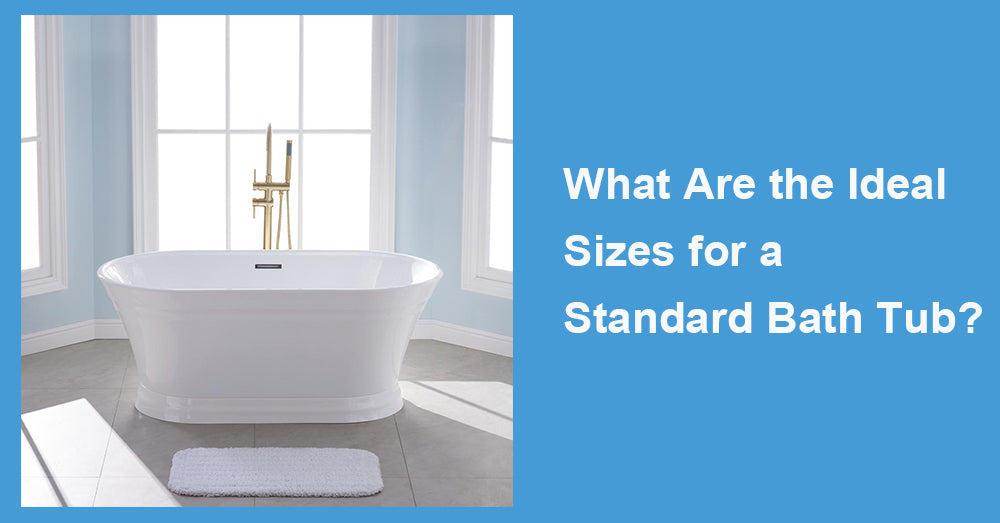
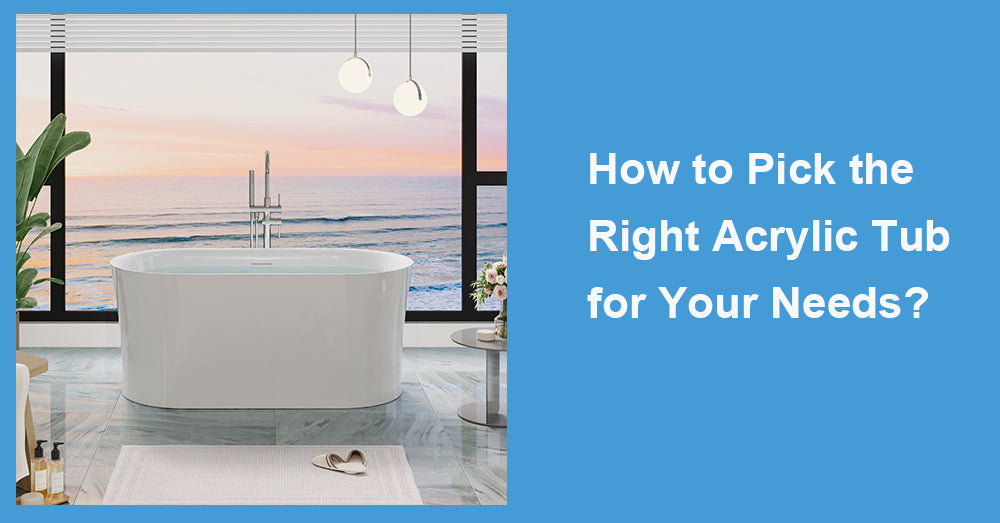
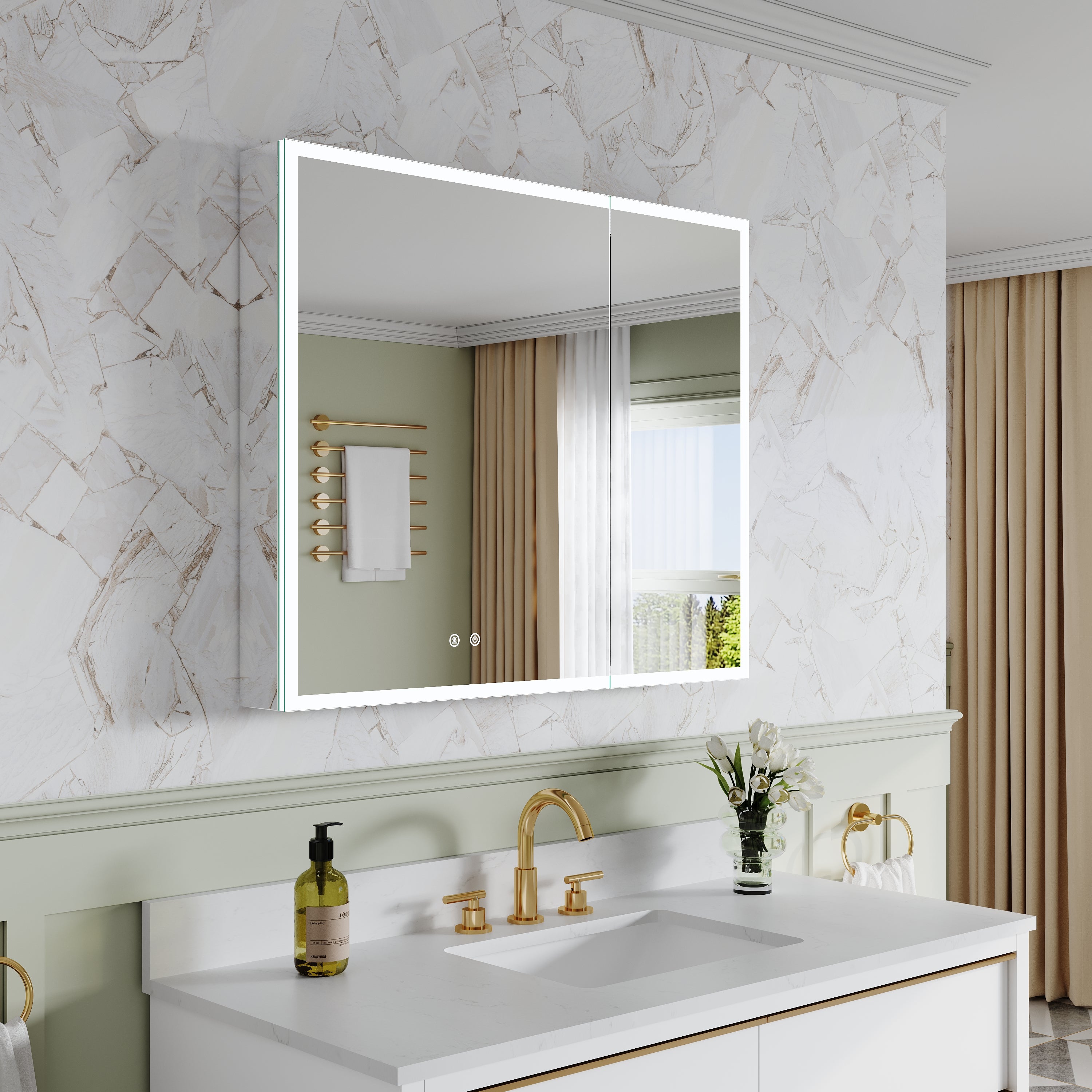
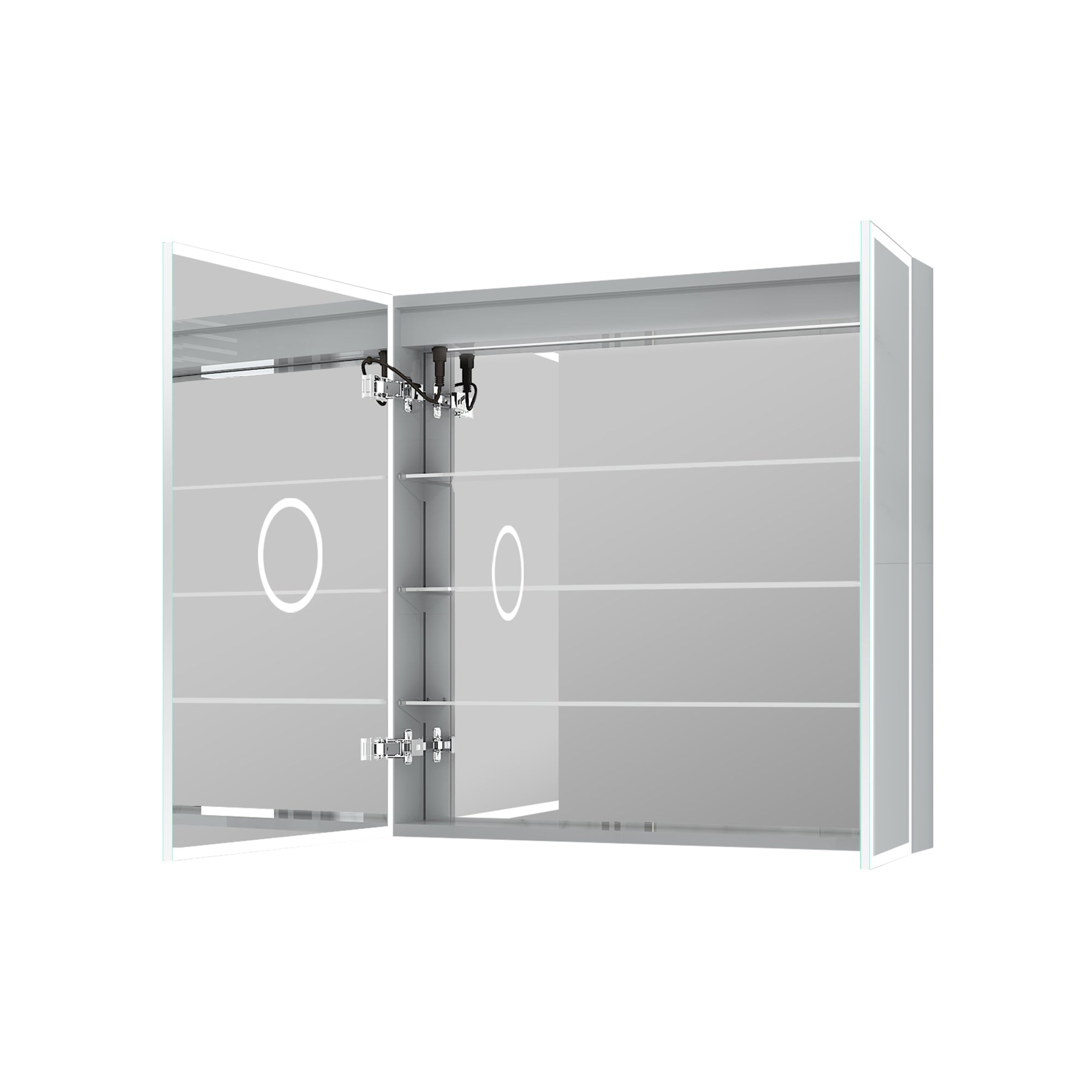
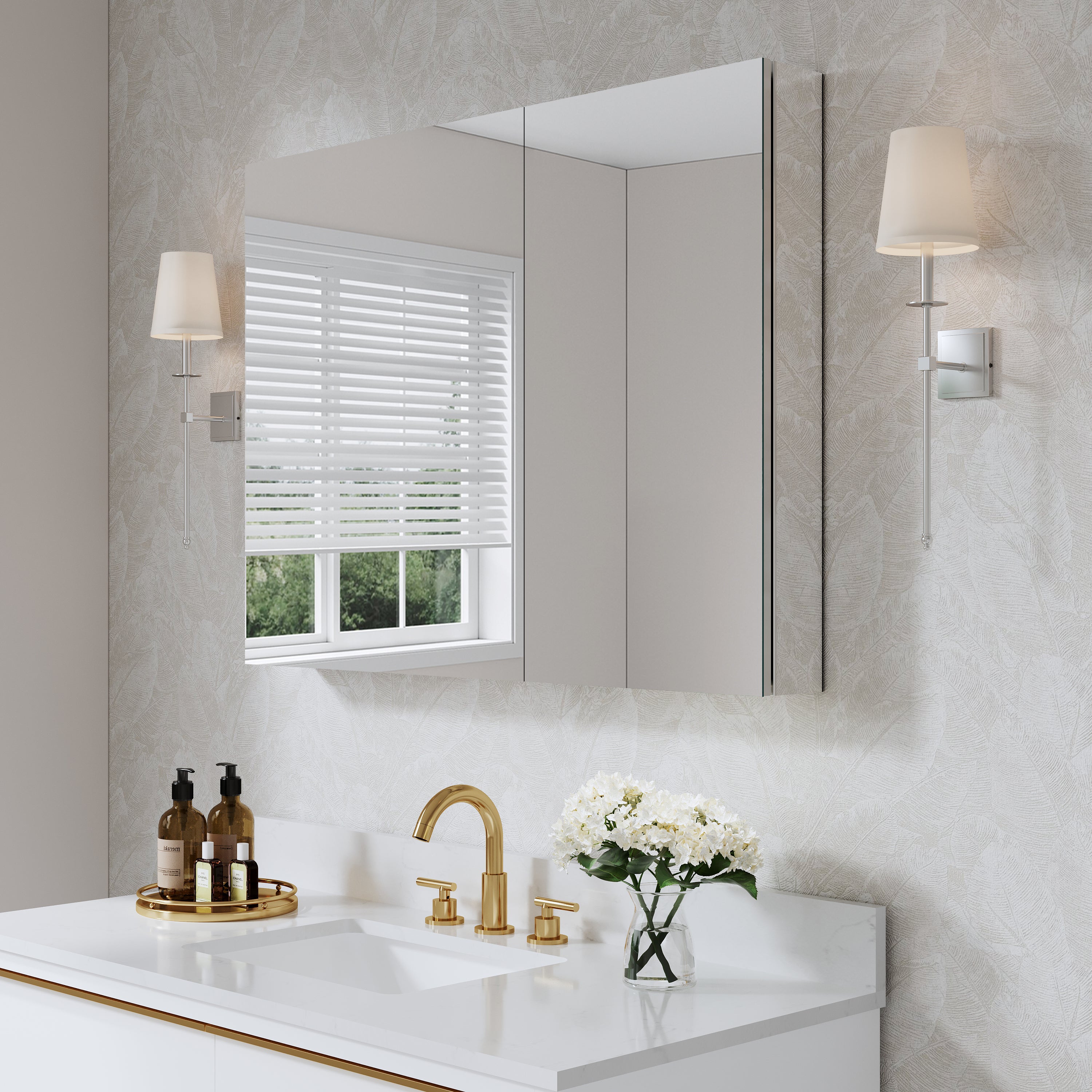

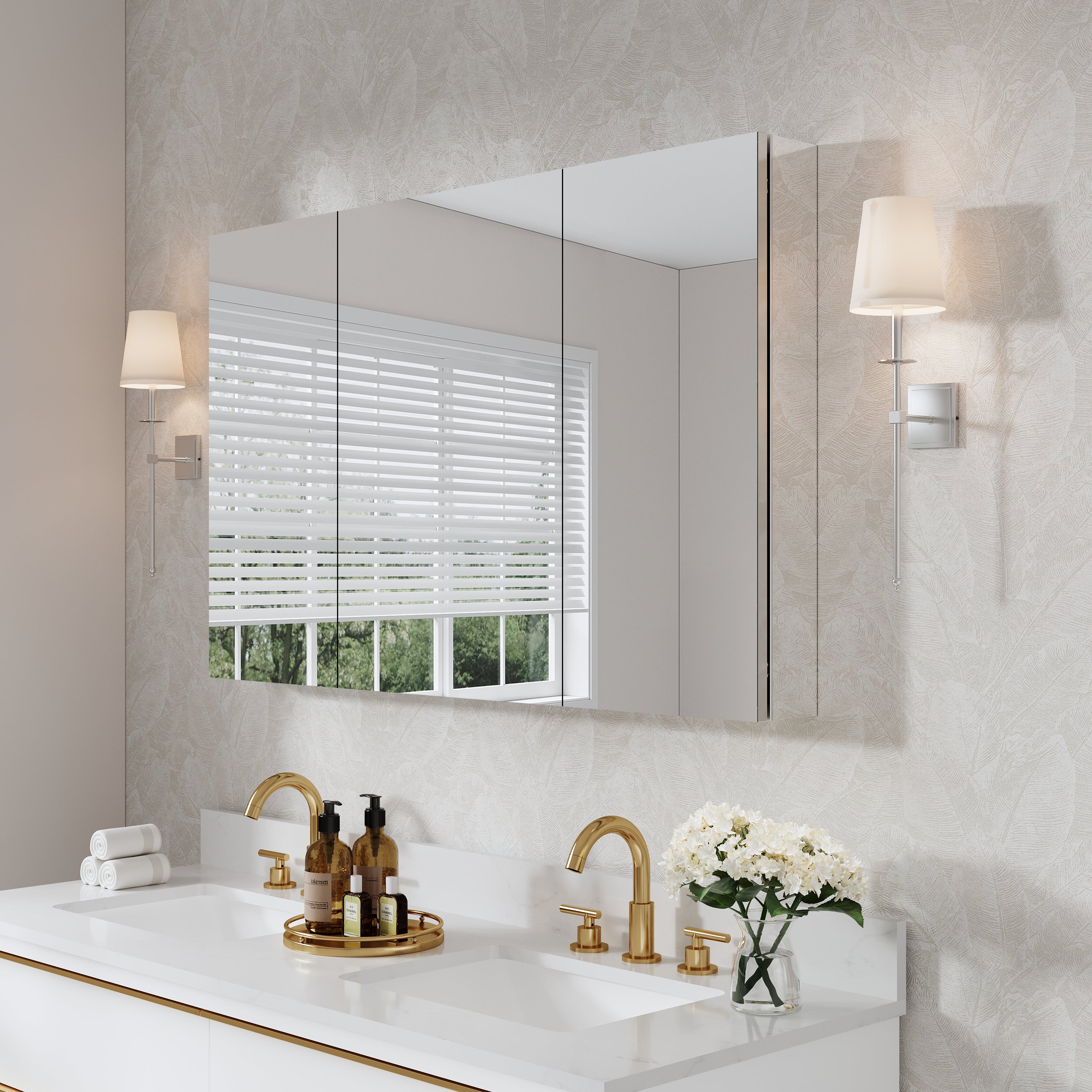
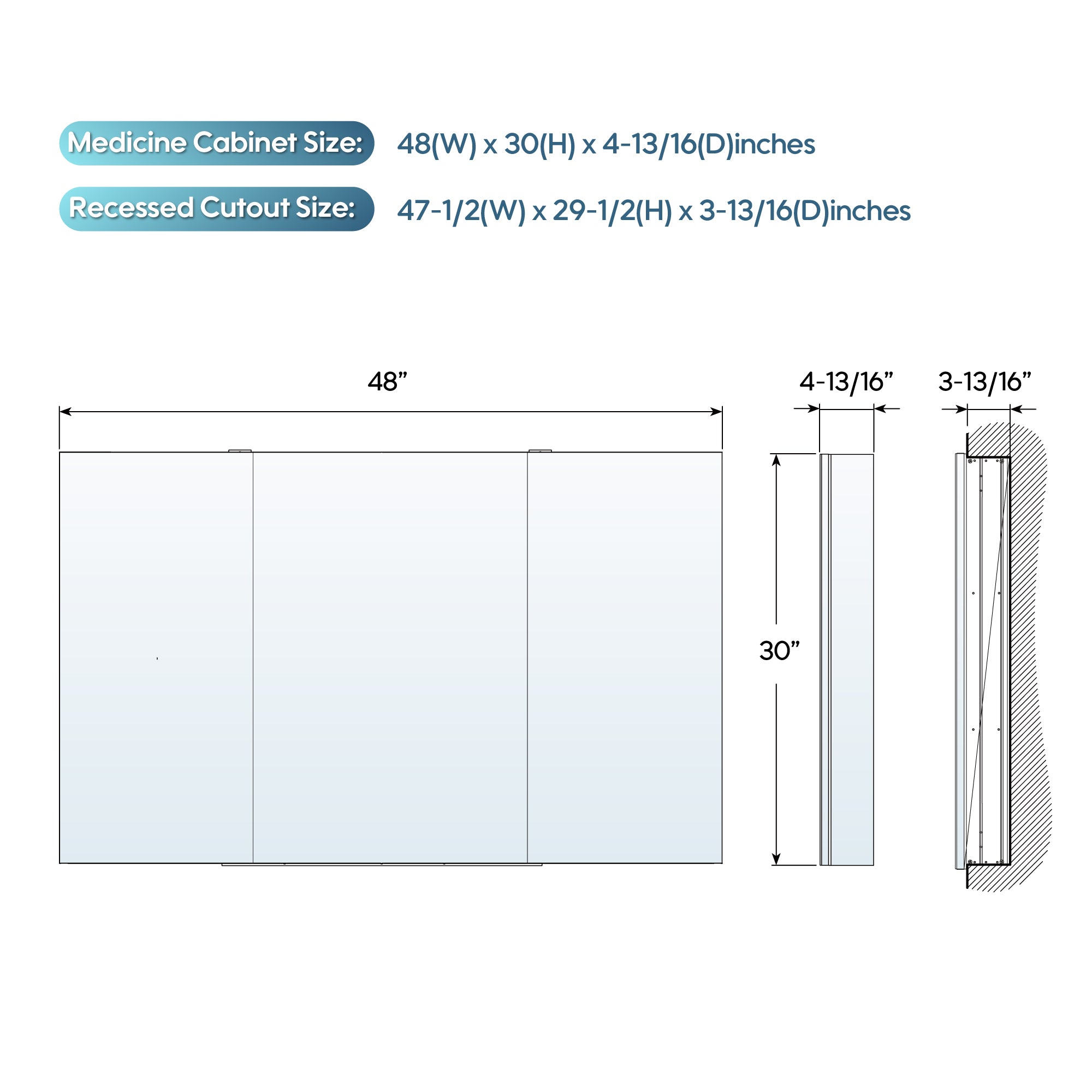
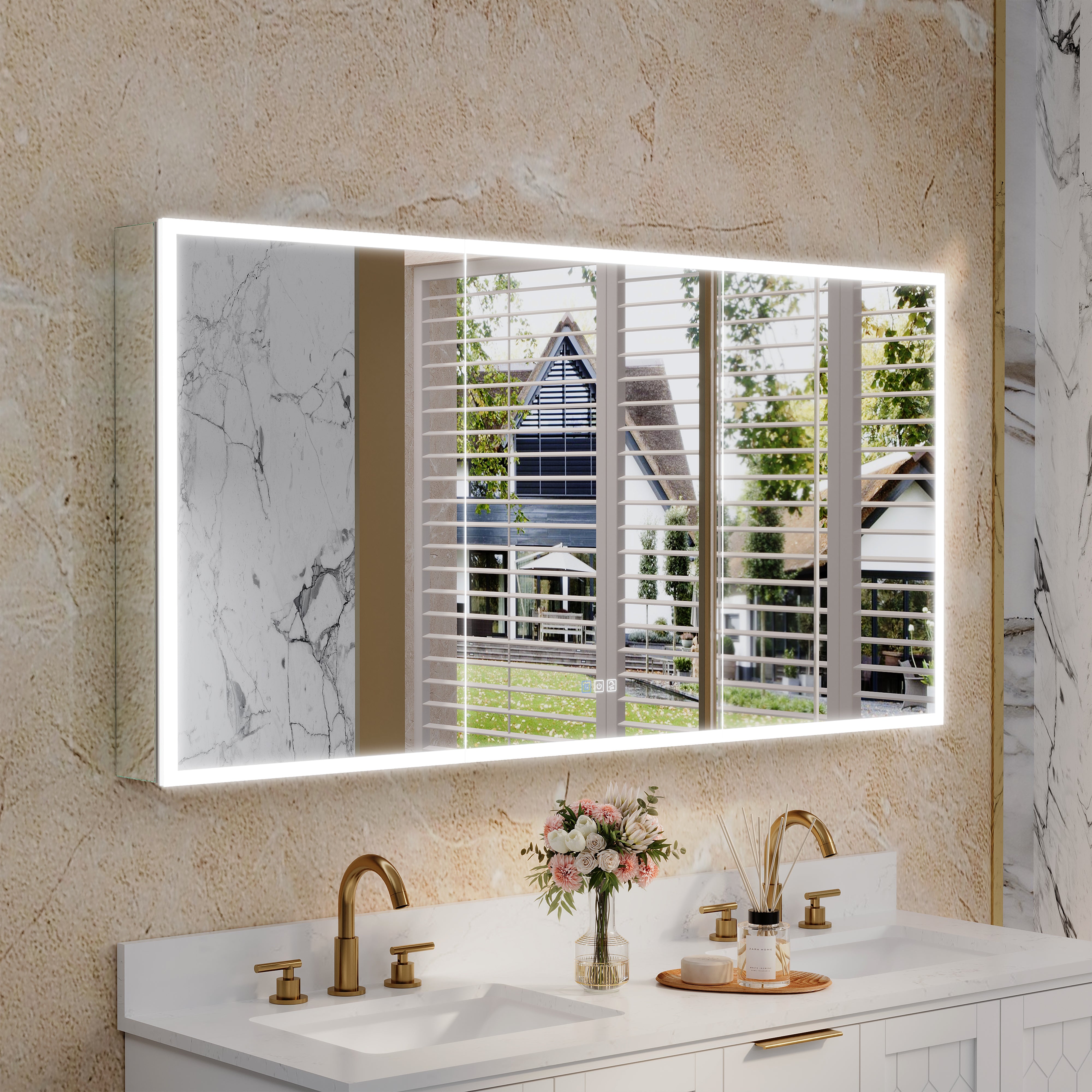
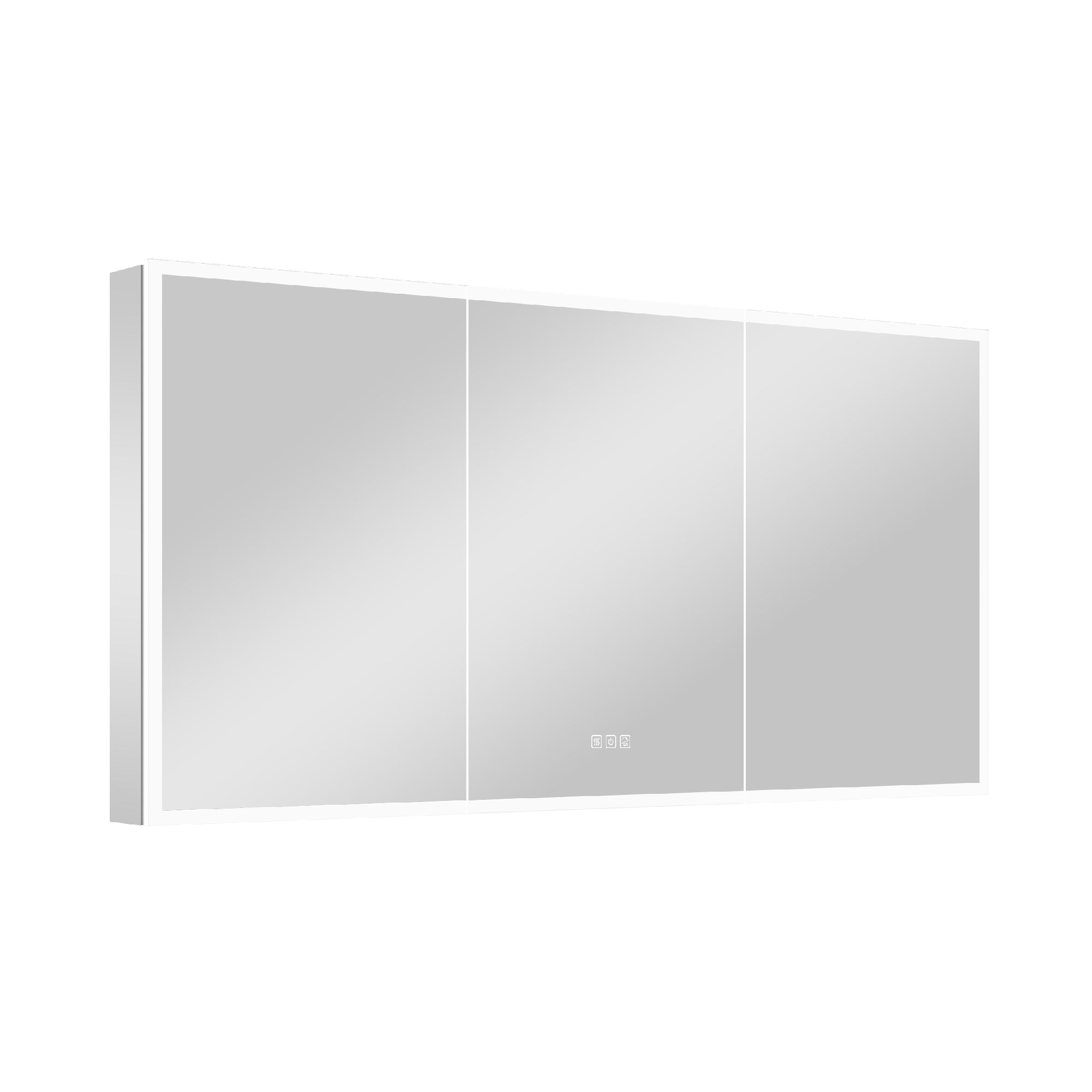
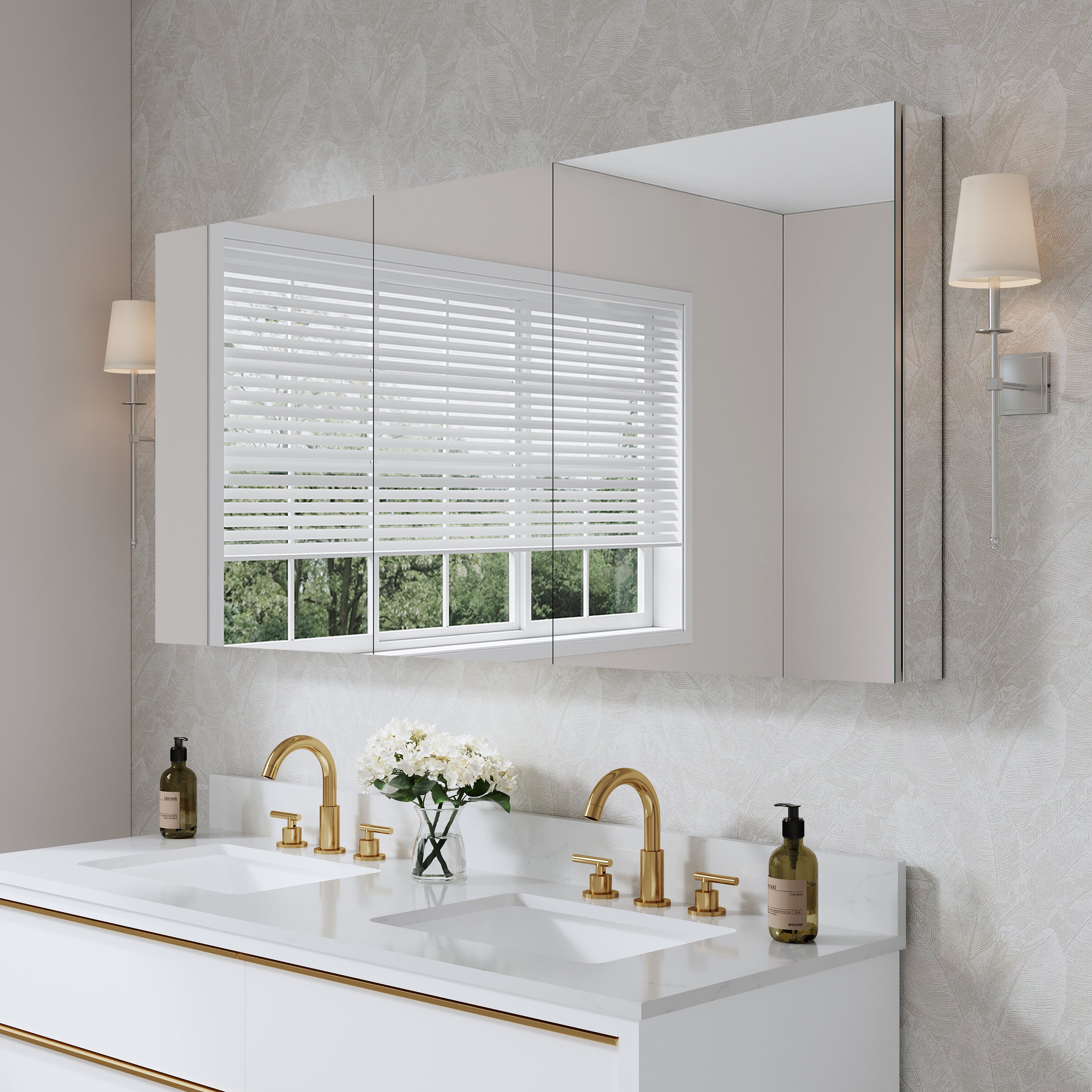

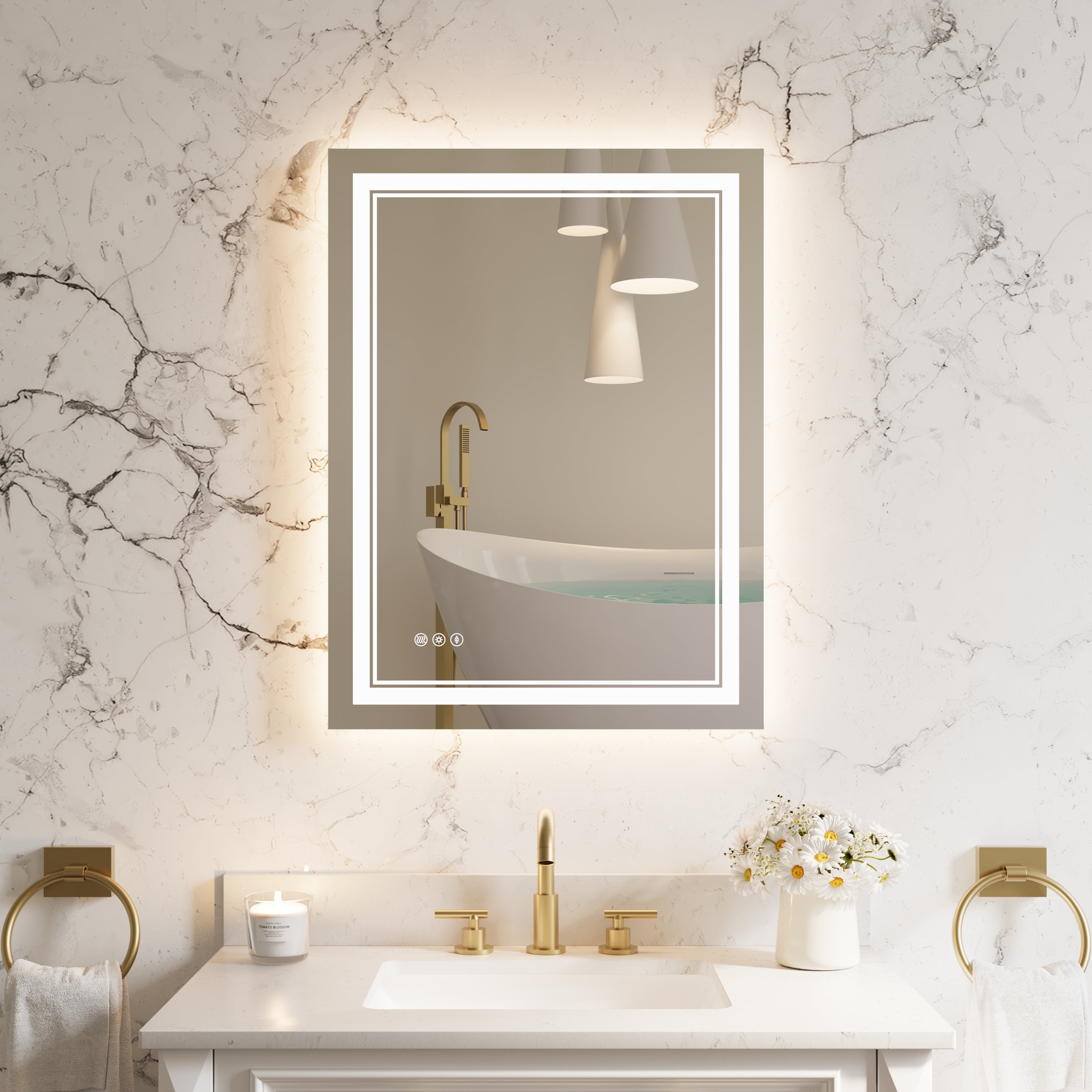
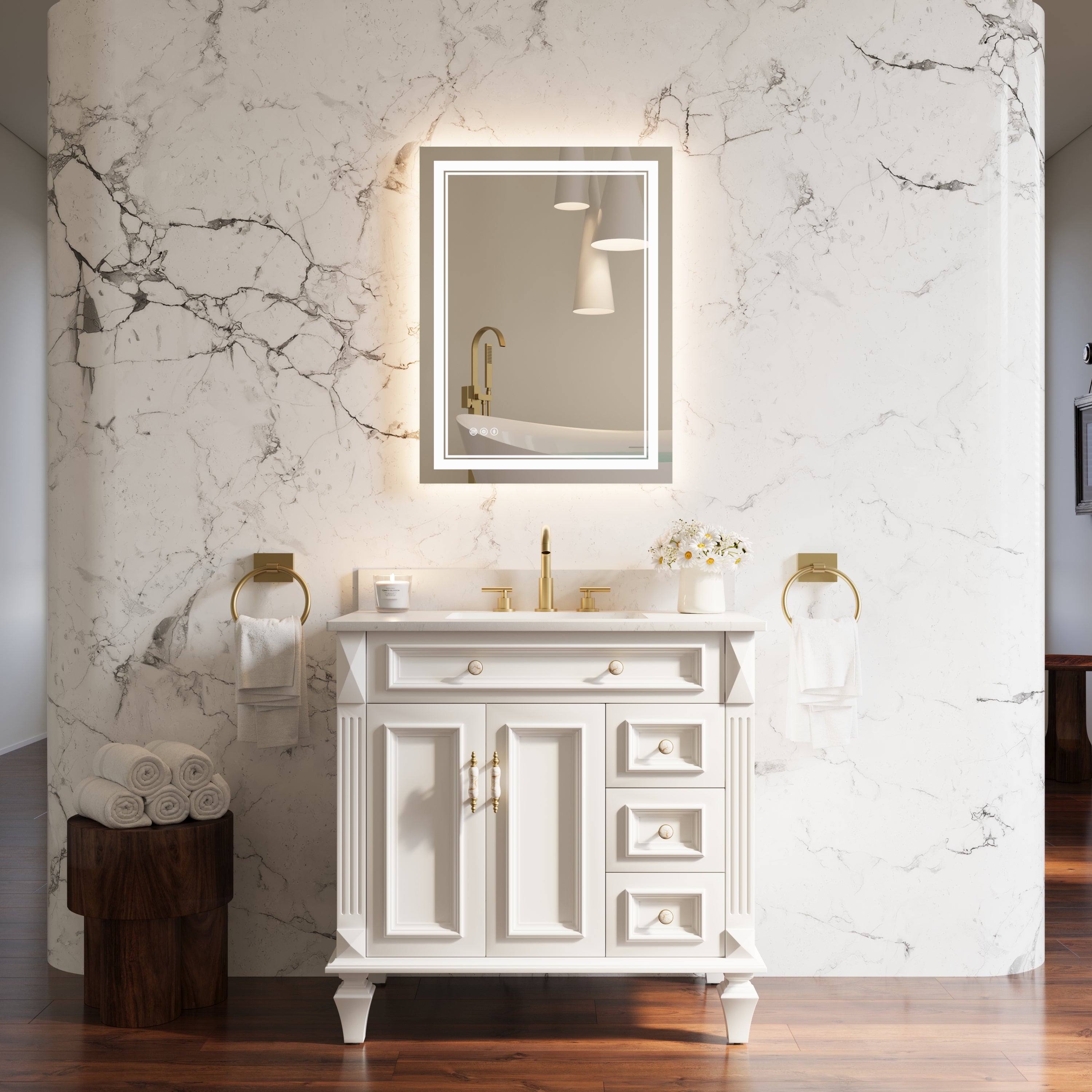
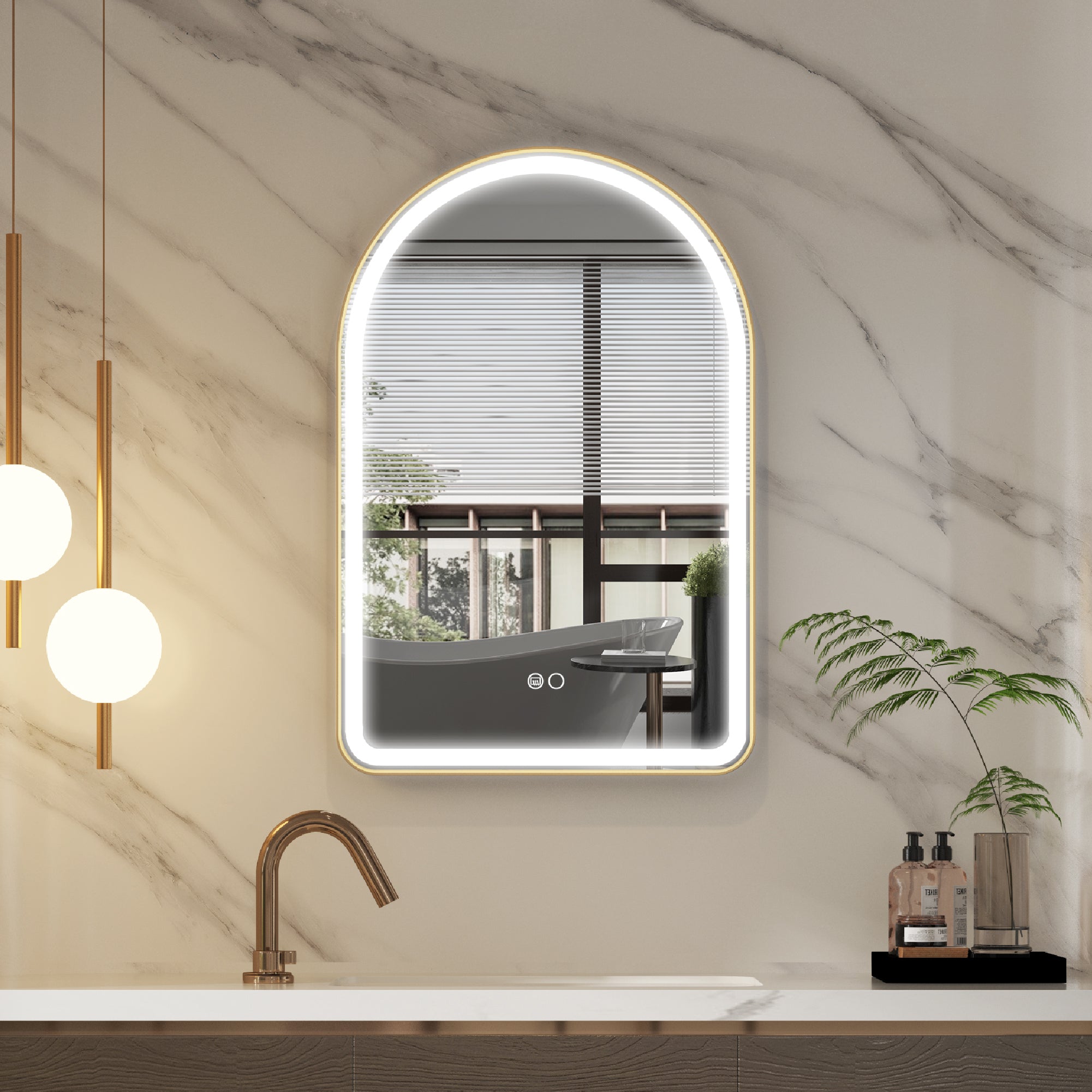
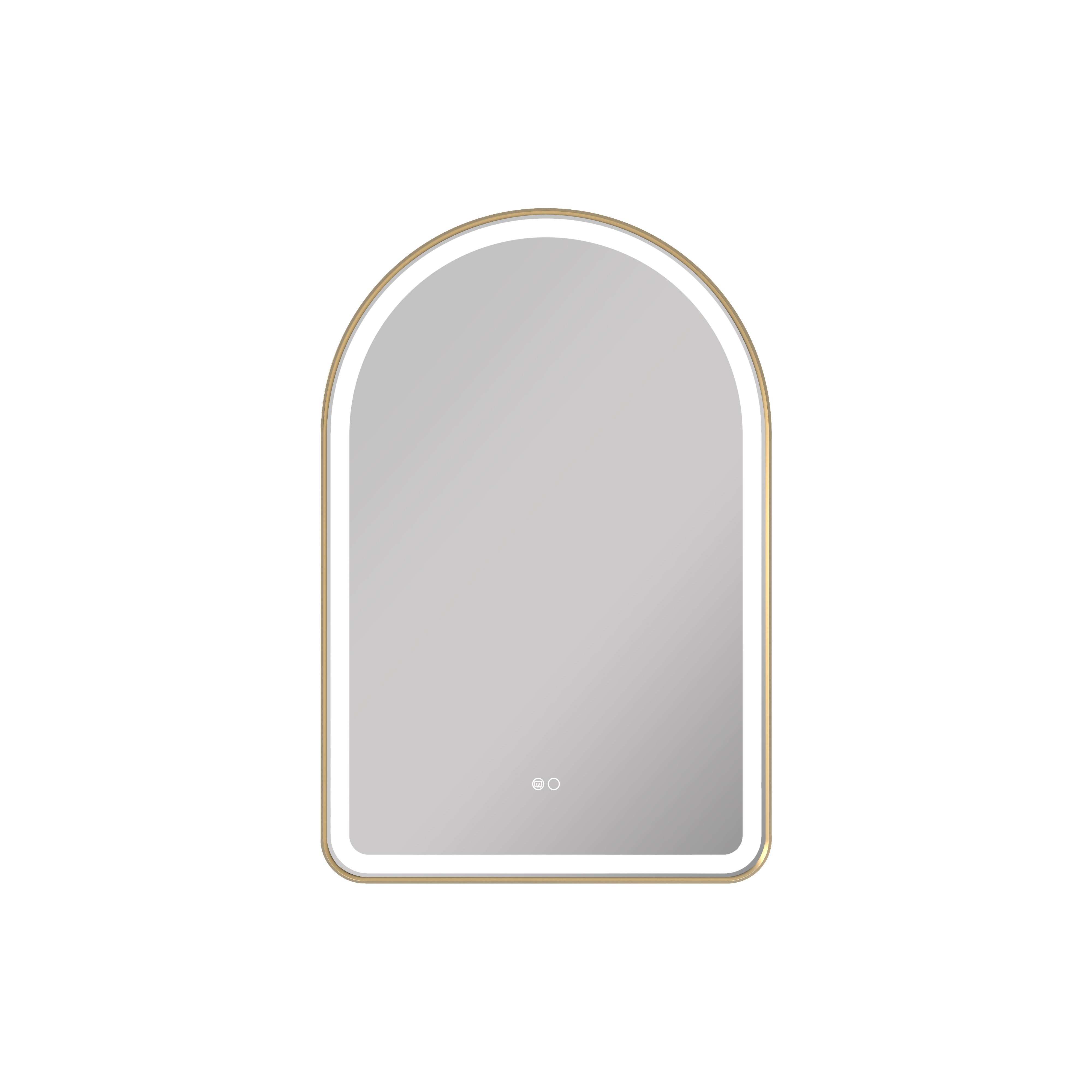
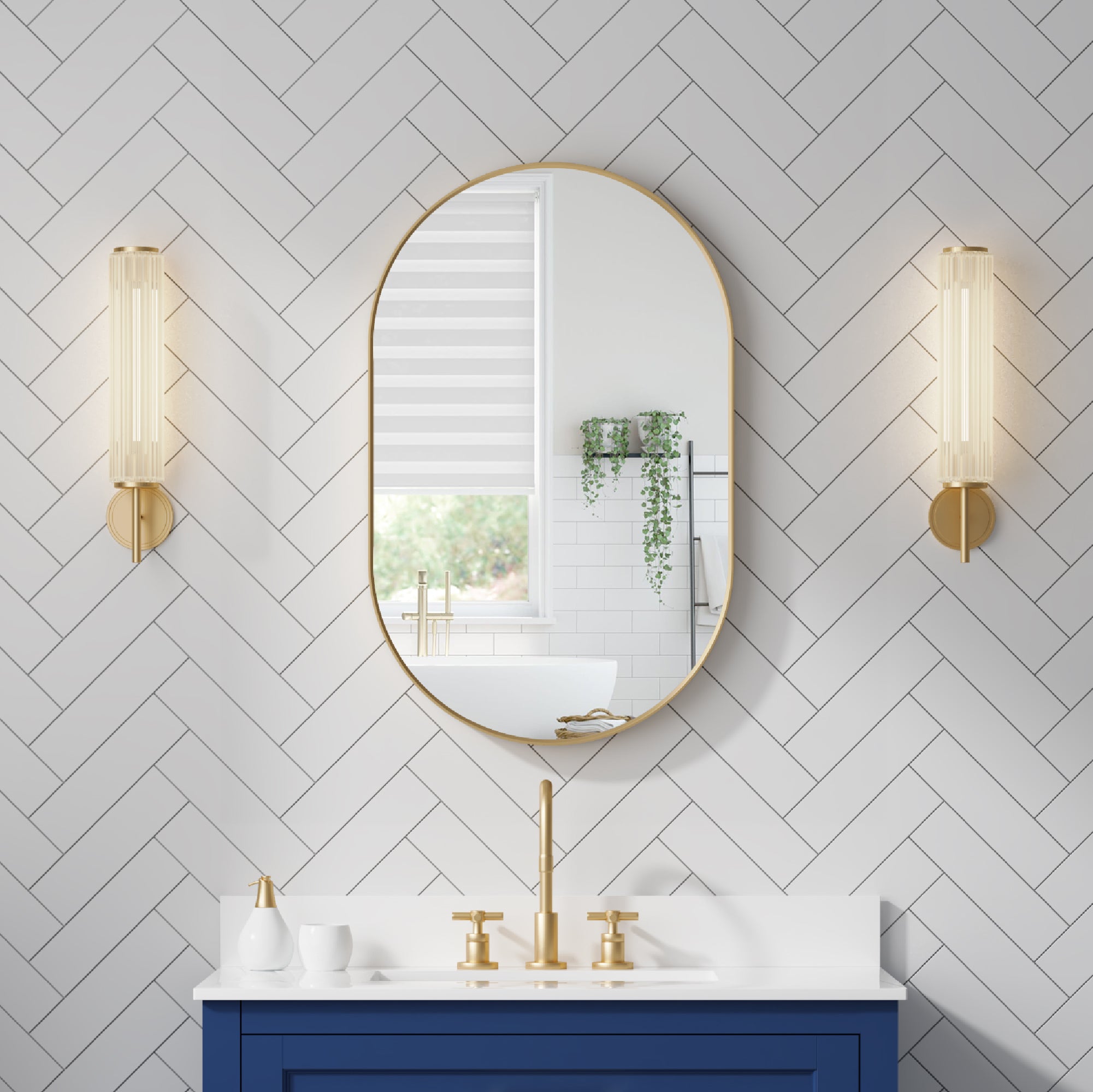
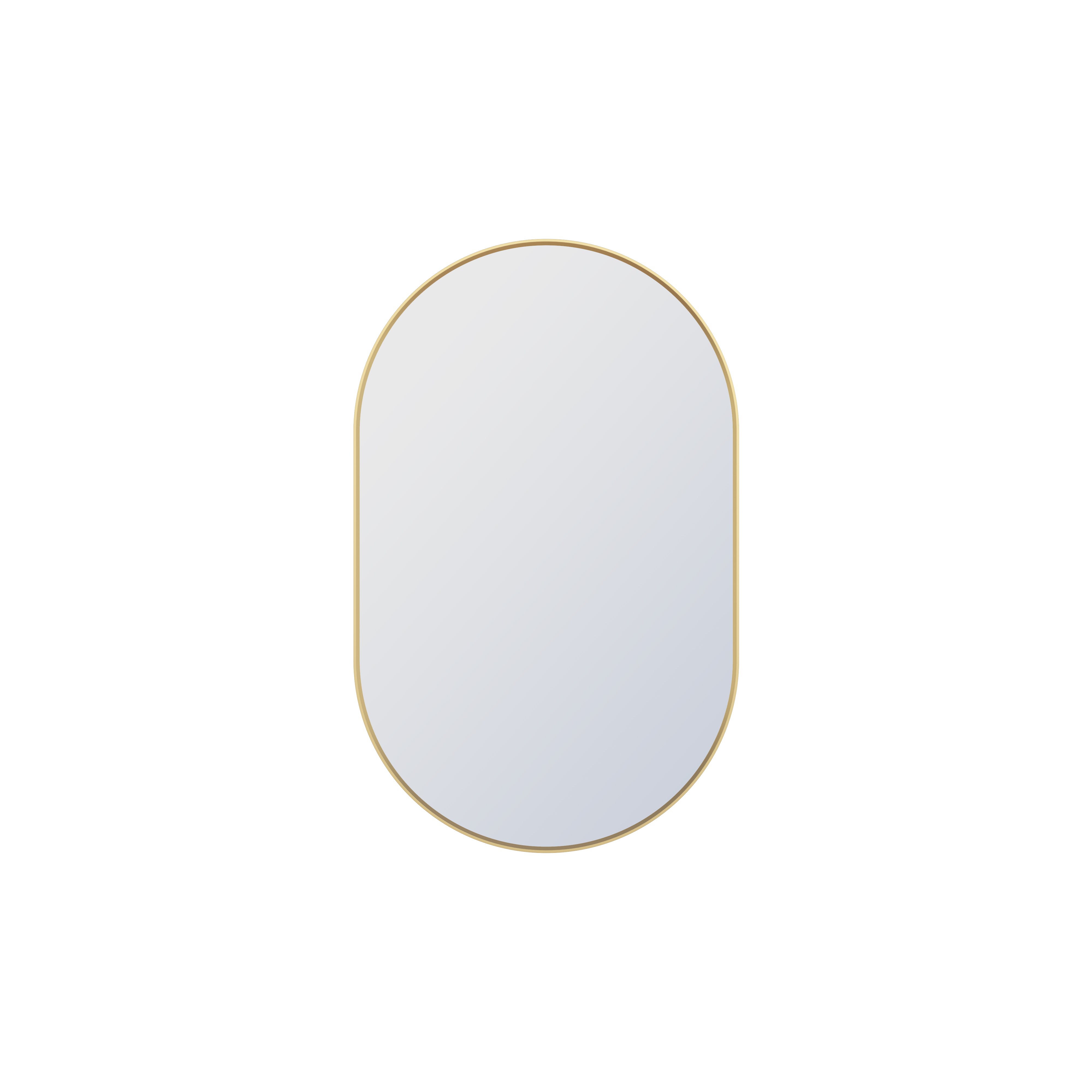


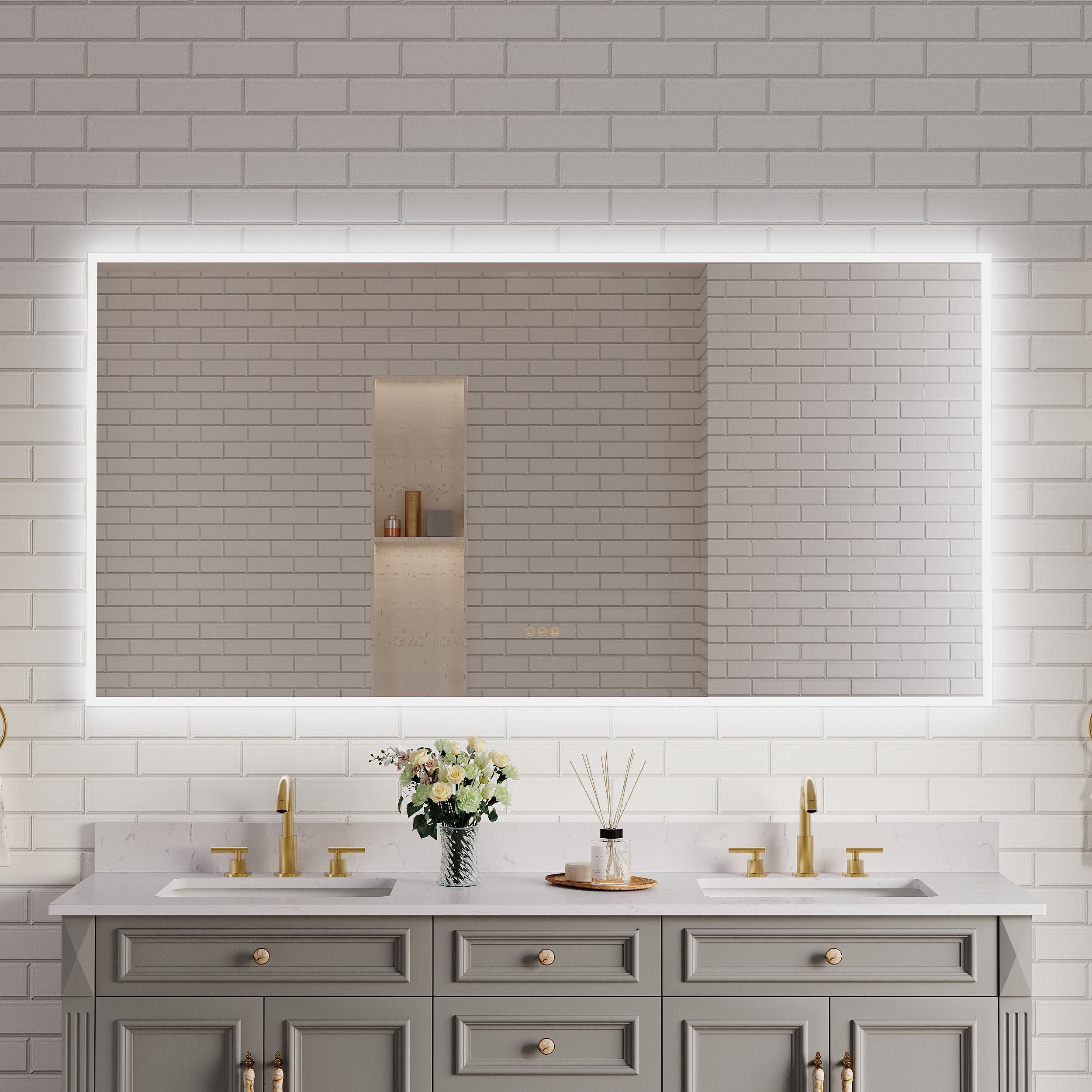





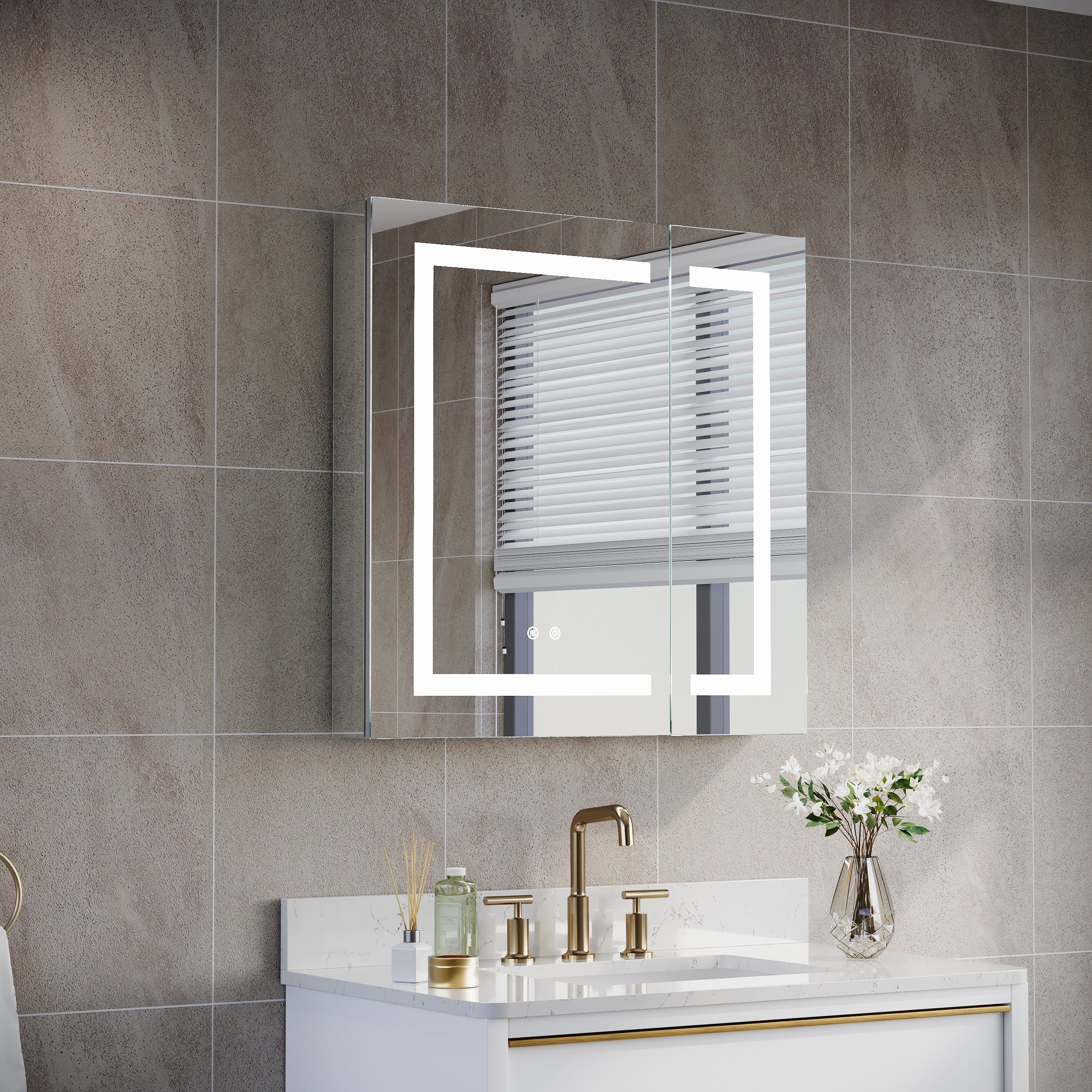
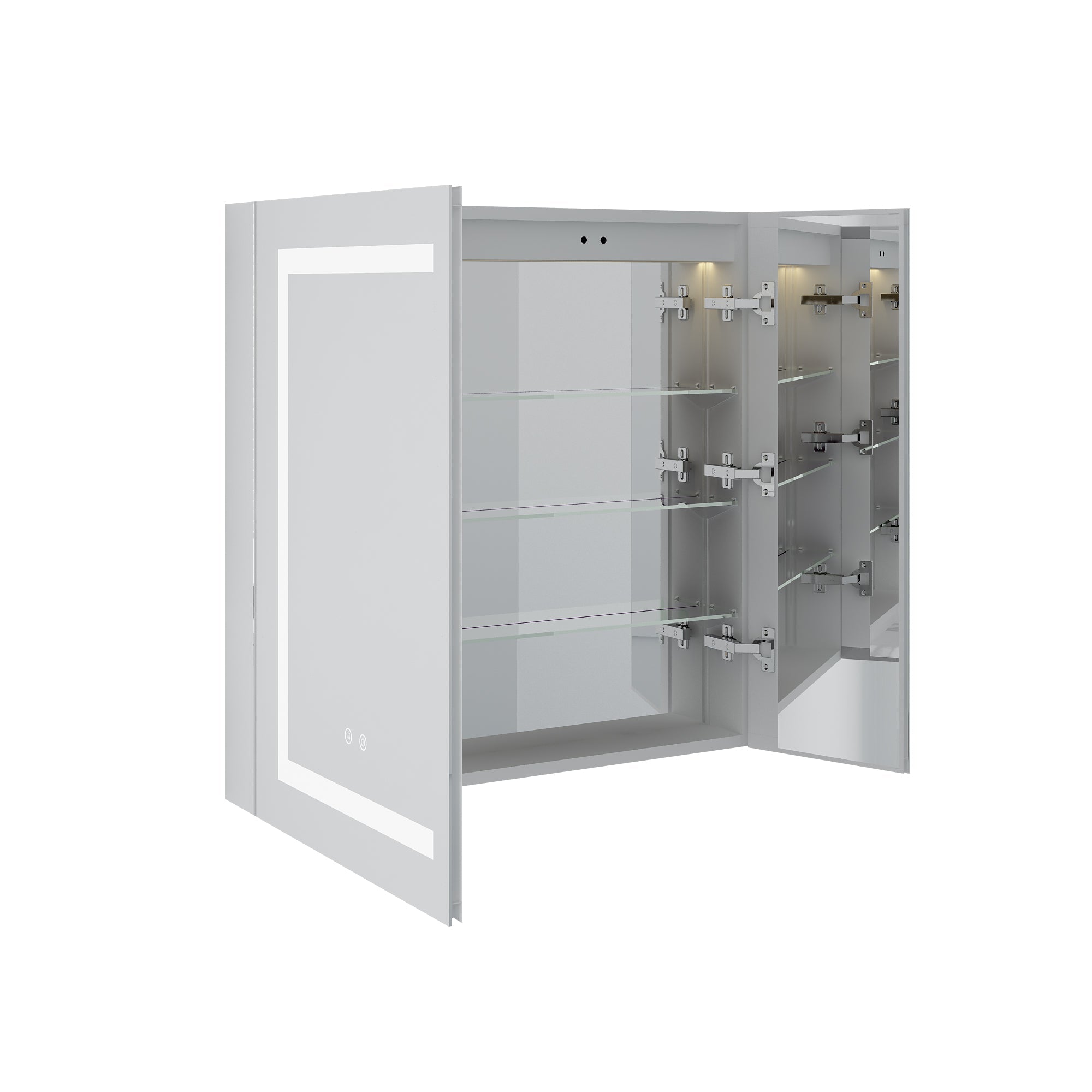




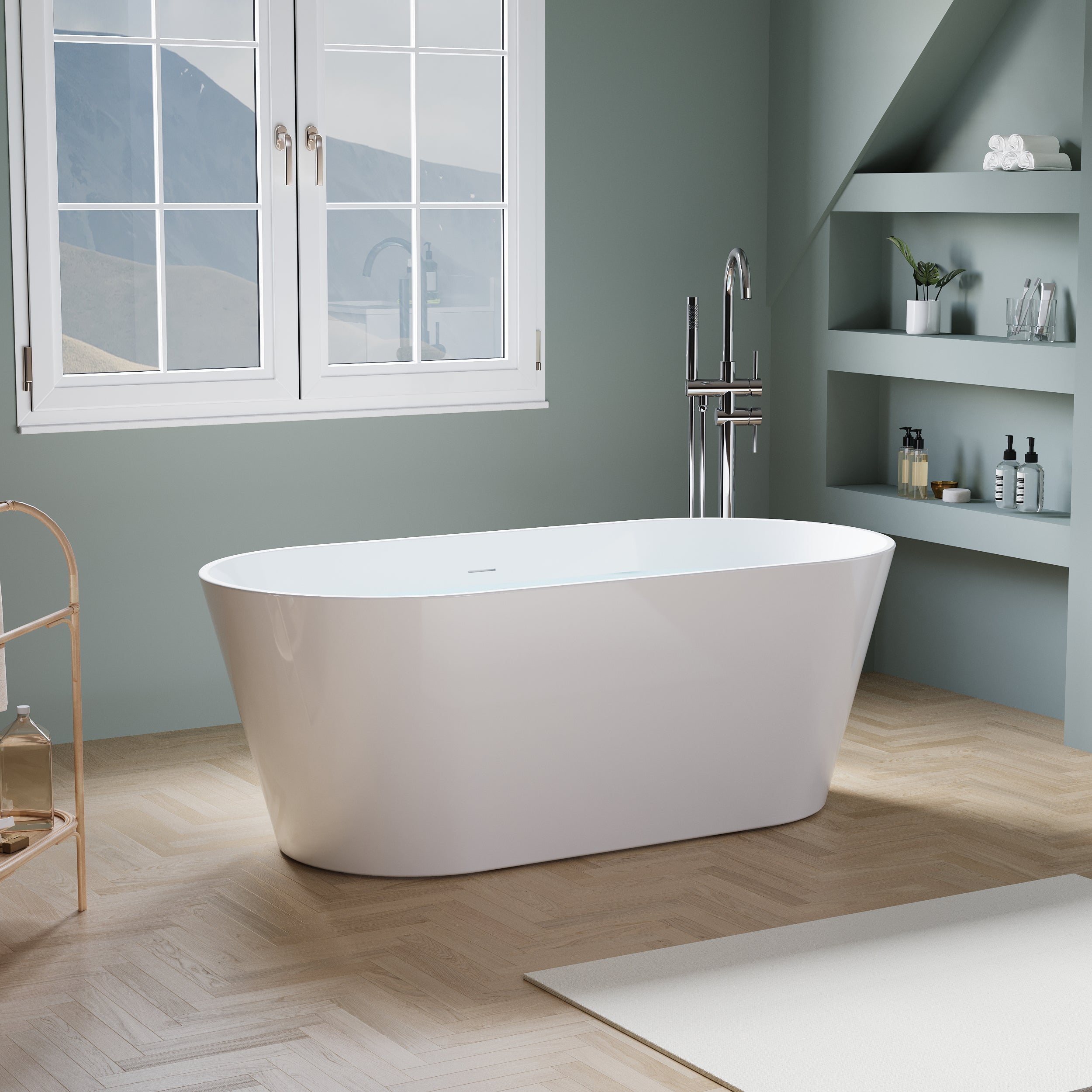
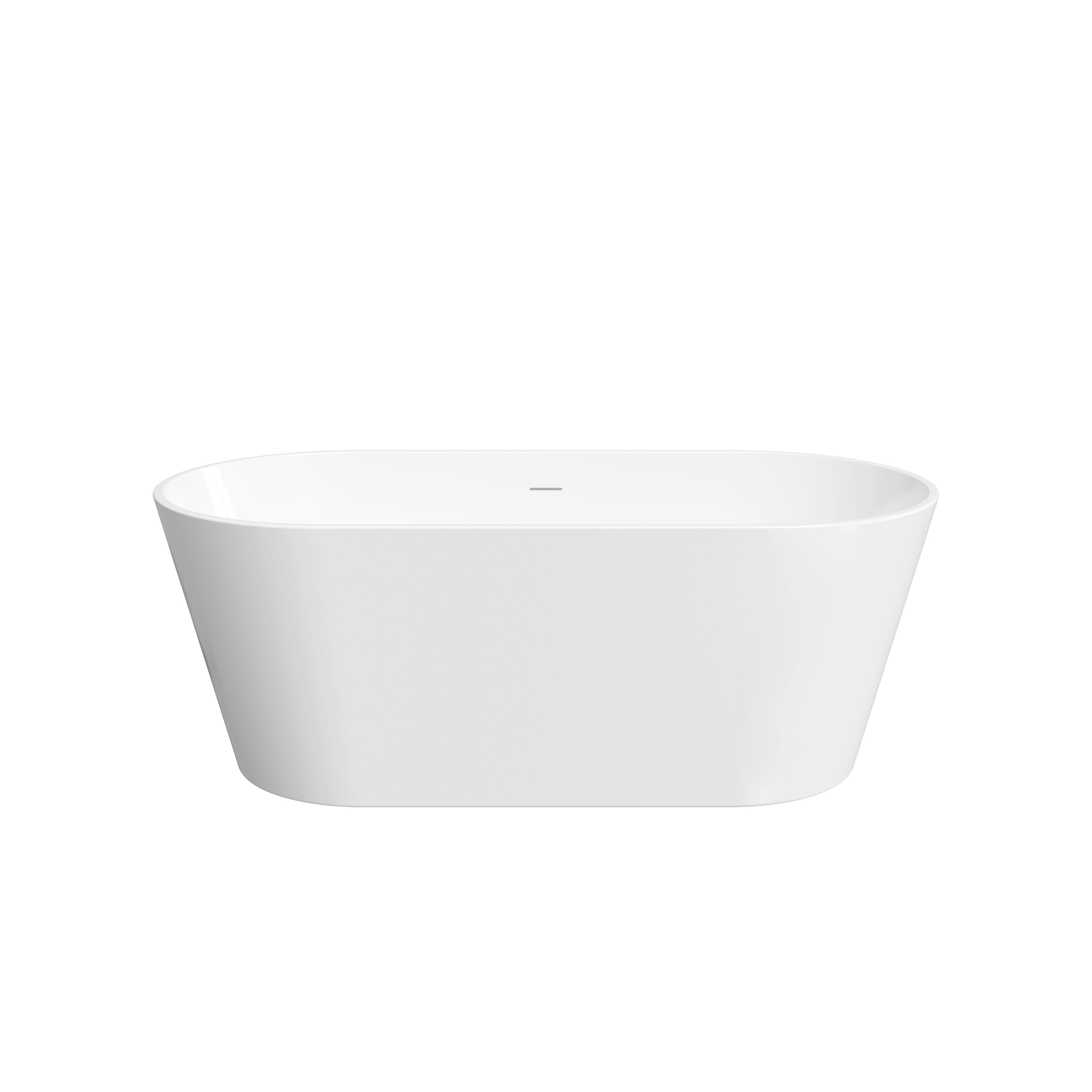


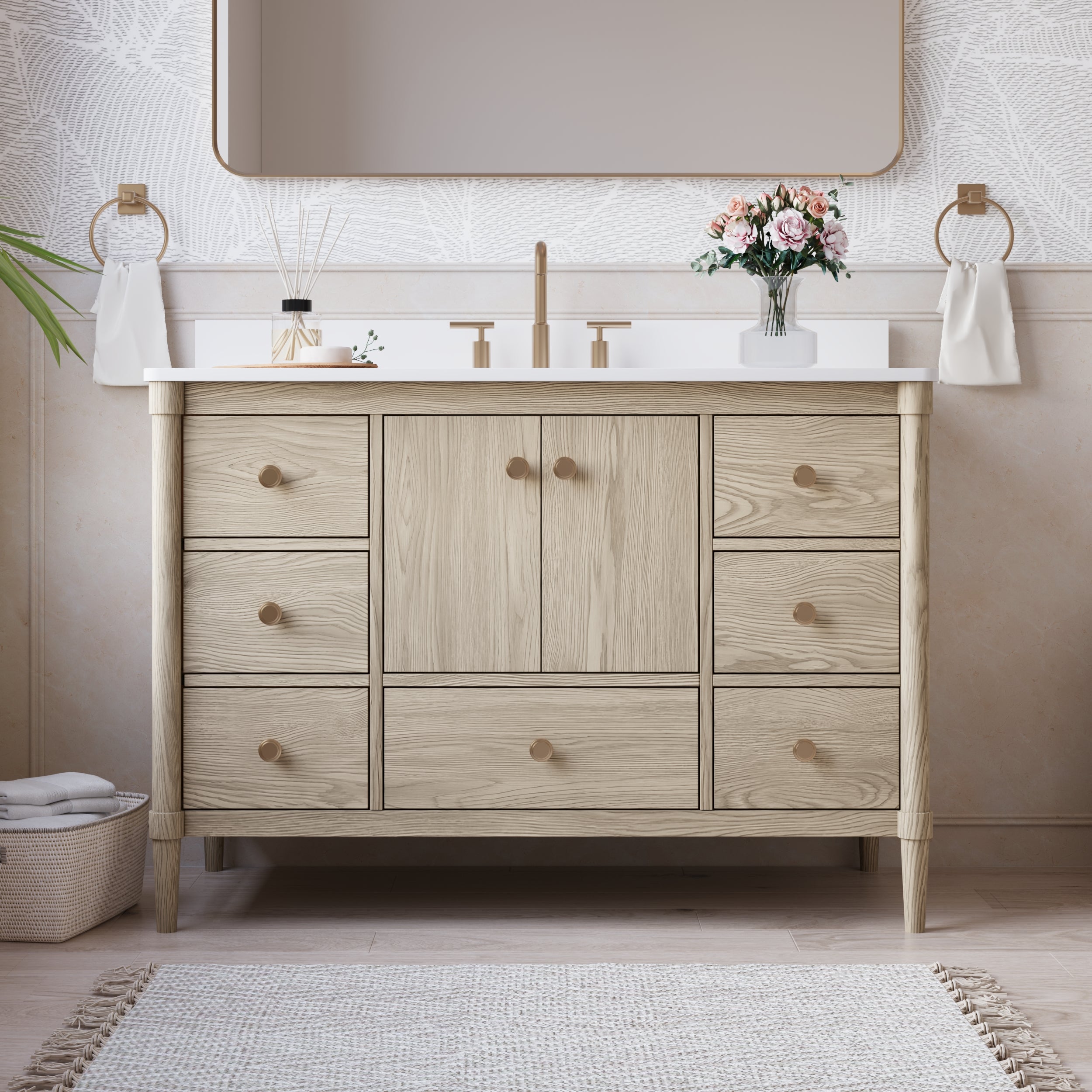
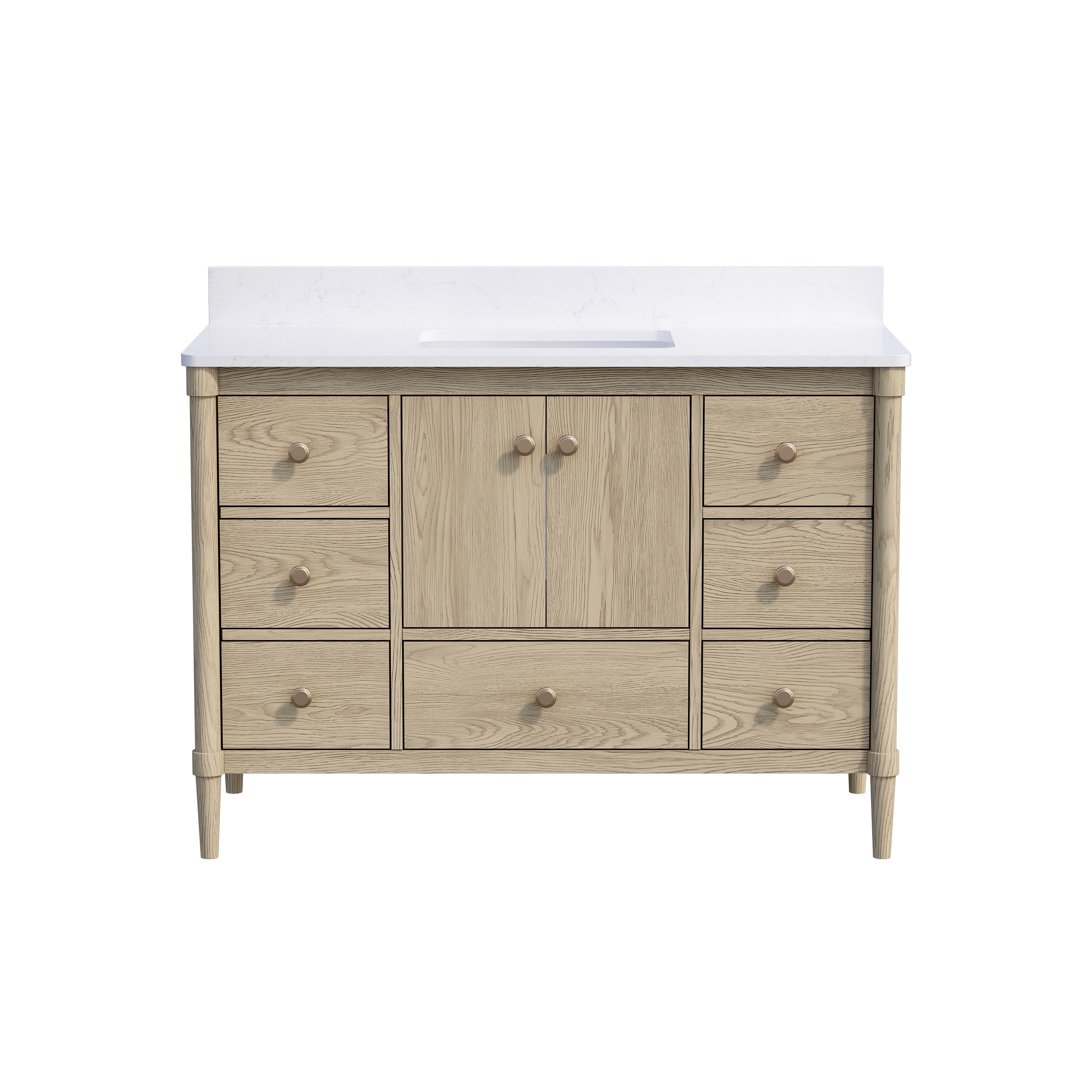
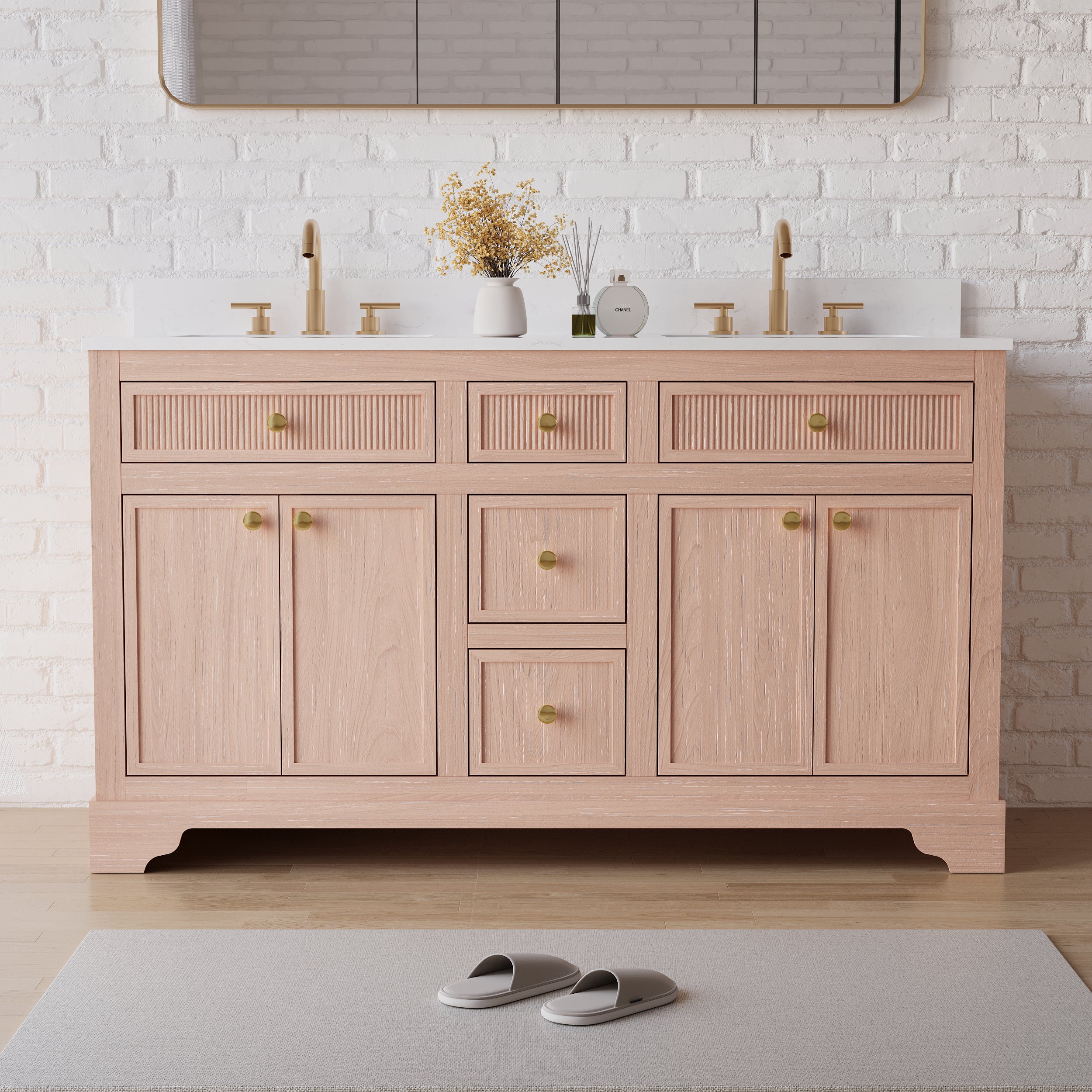
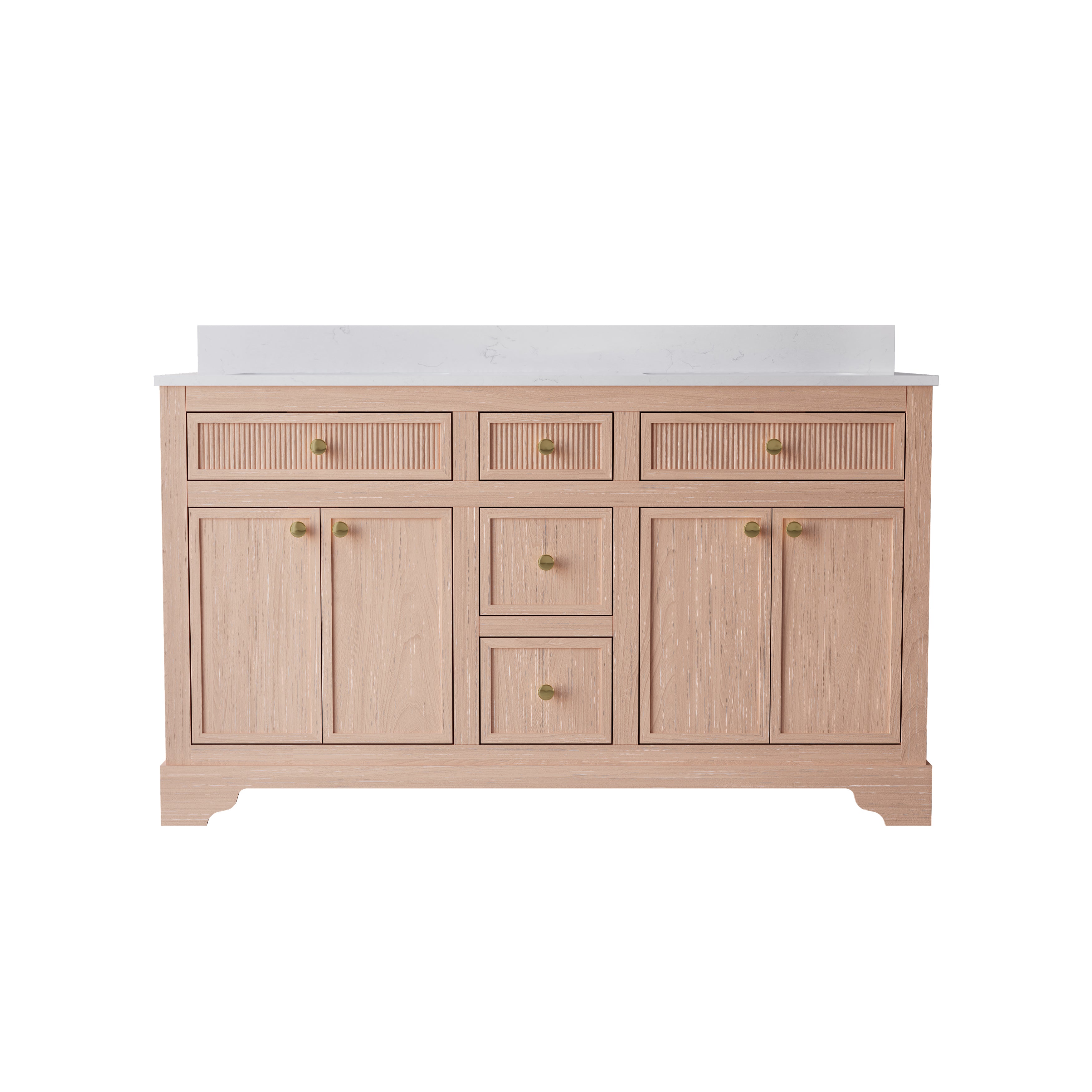
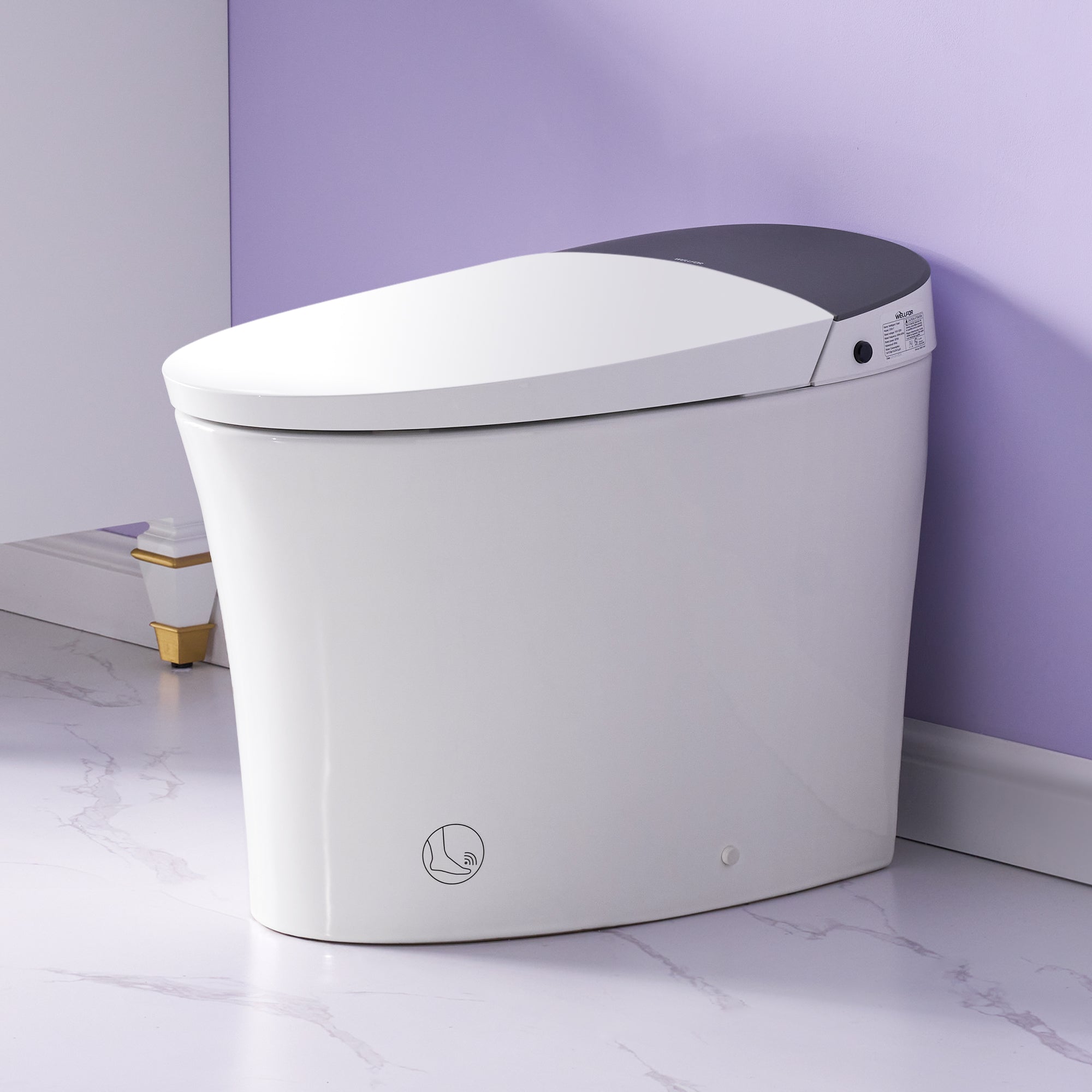
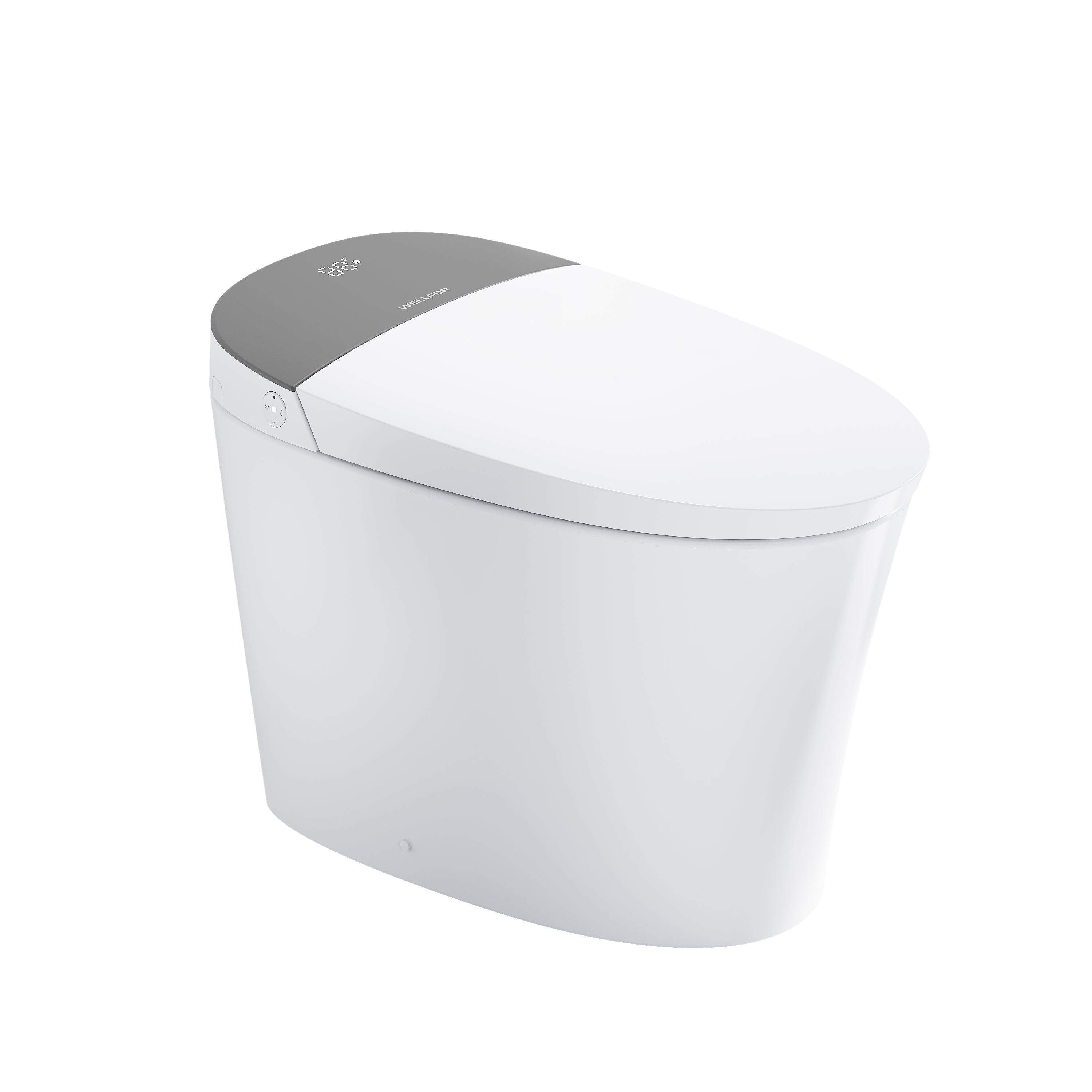
Leave a comment
This site is protected by hCaptcha and the hCaptcha Privacy Policy and Terms of Service apply.